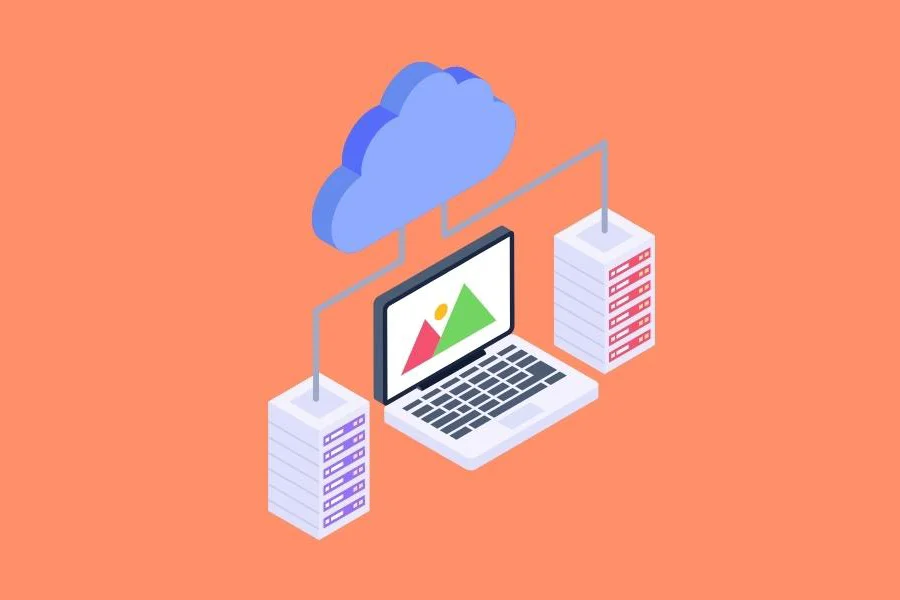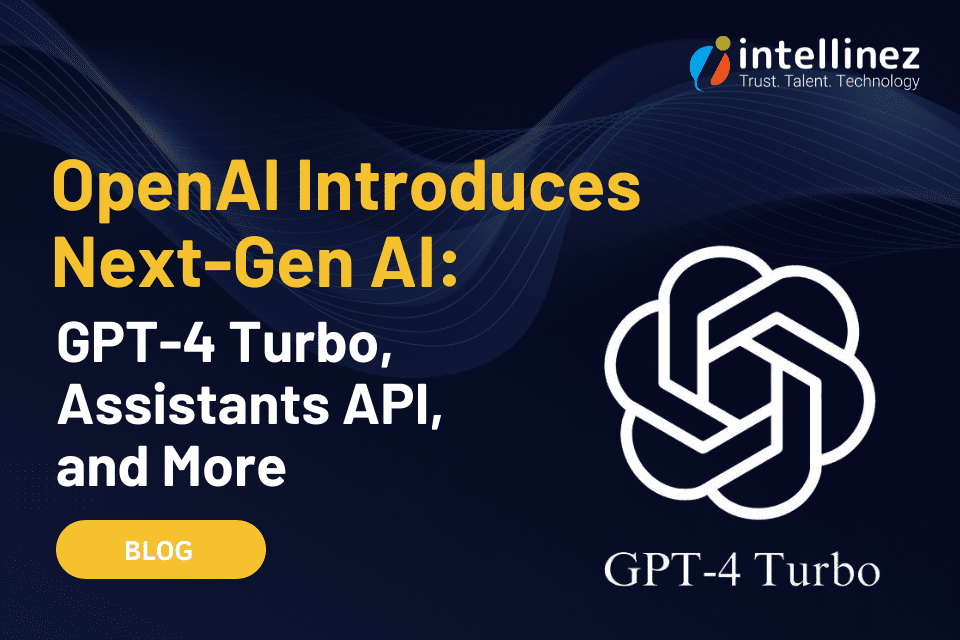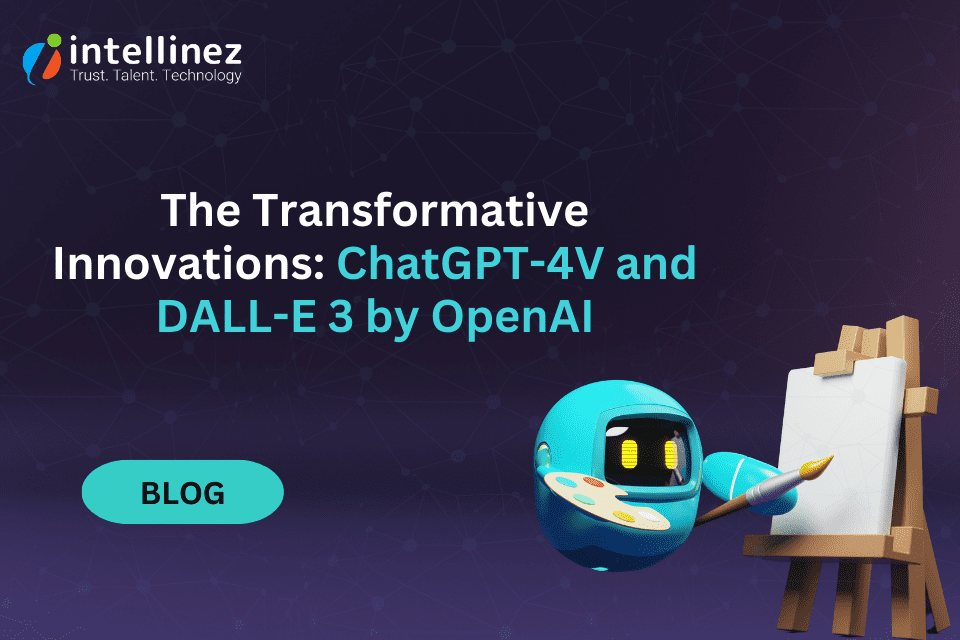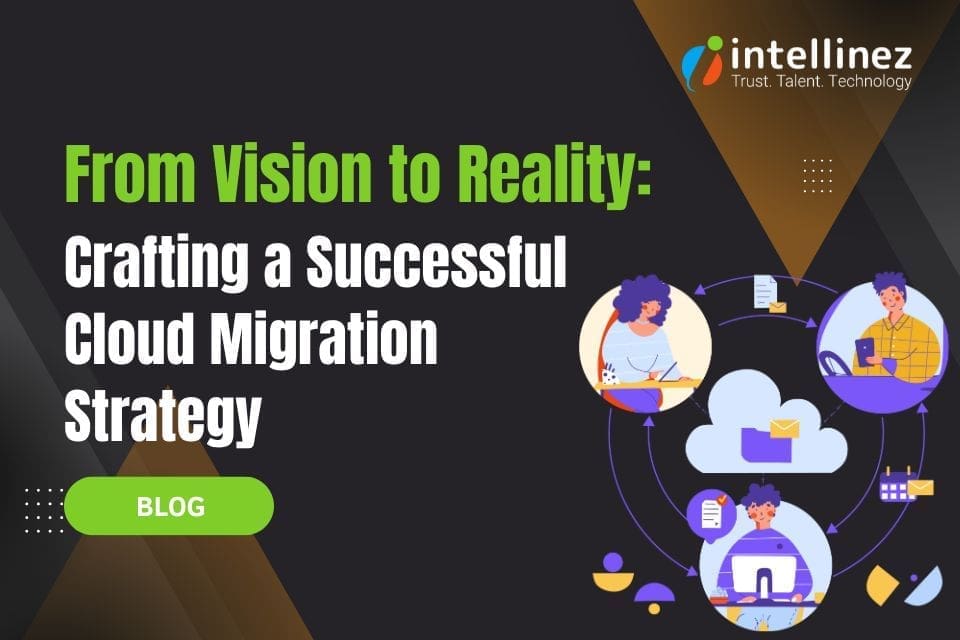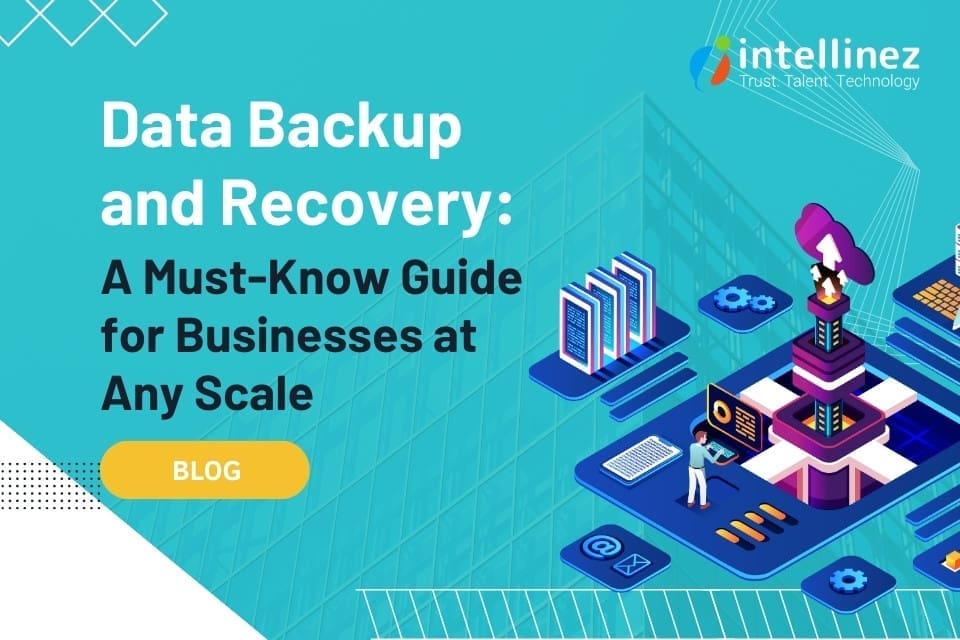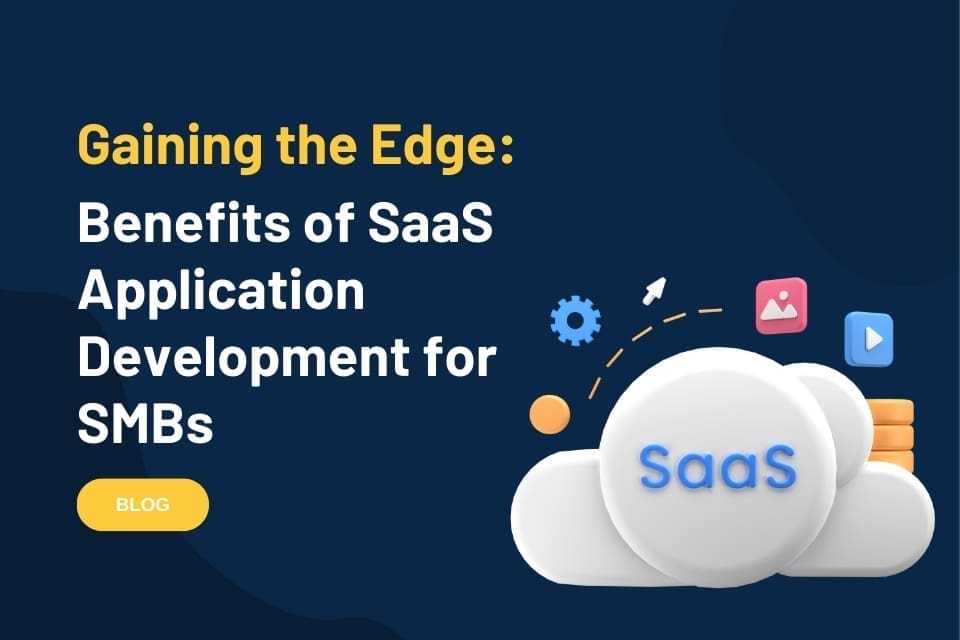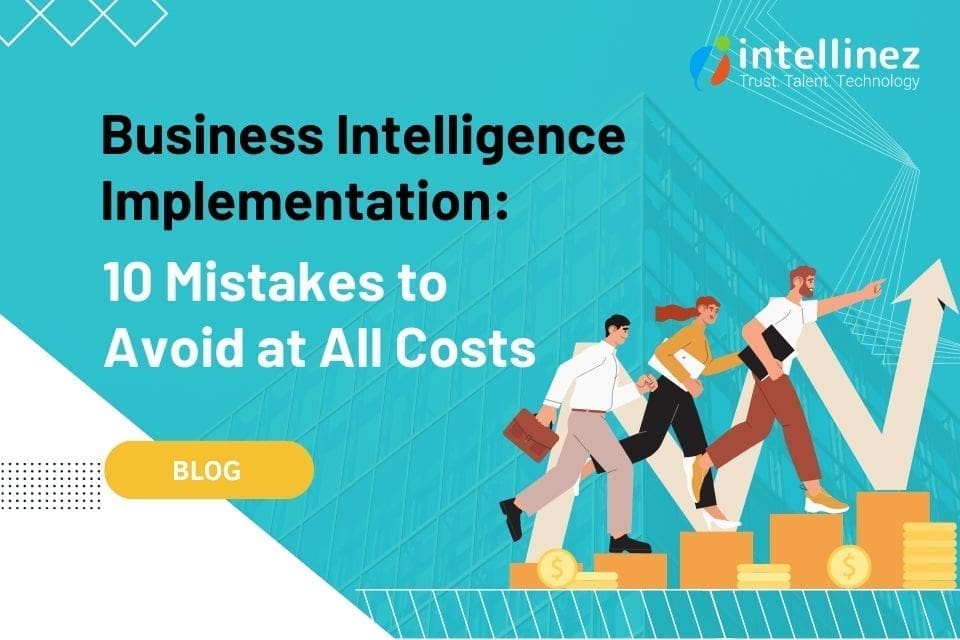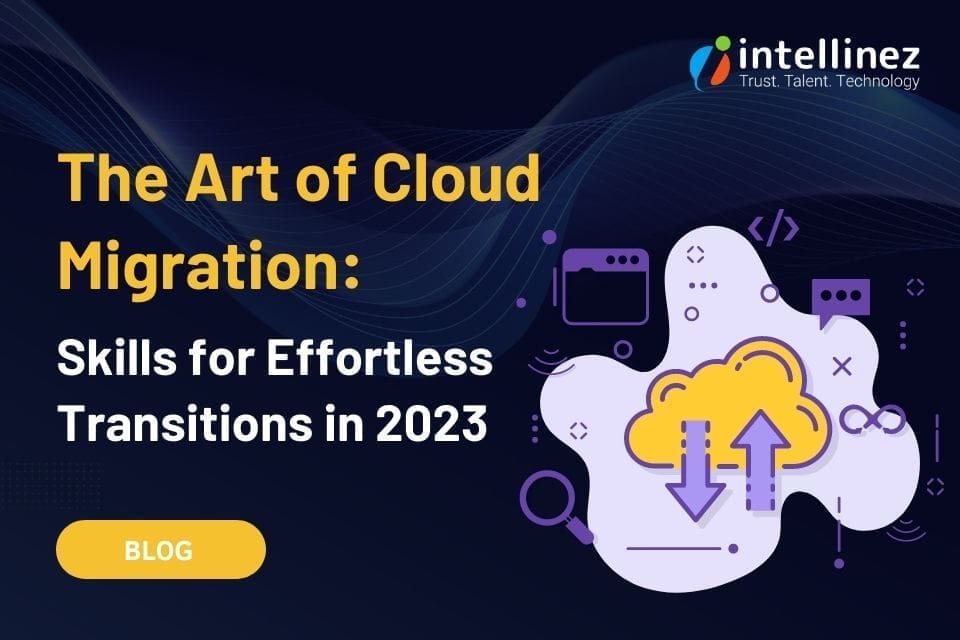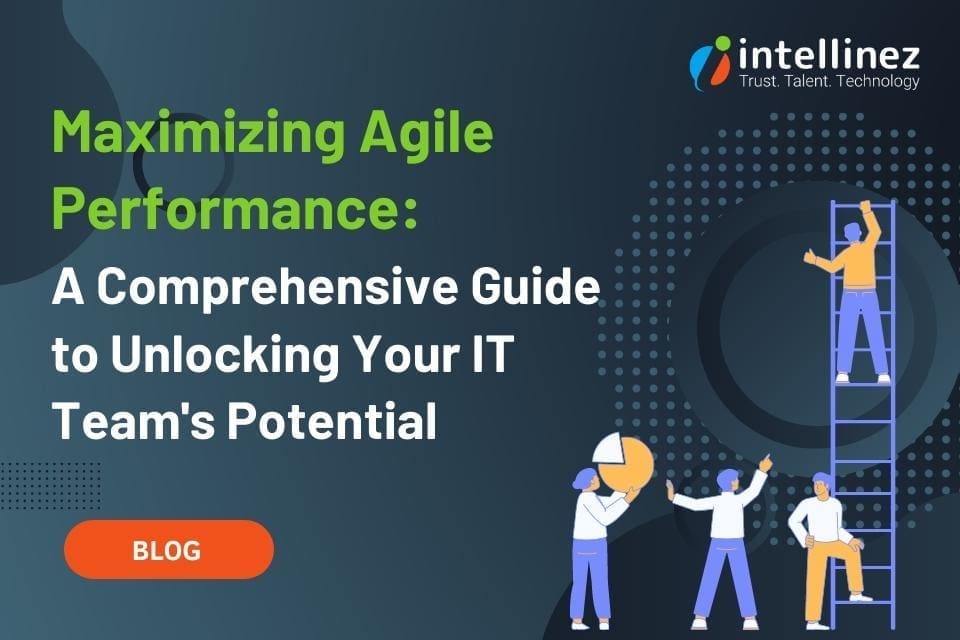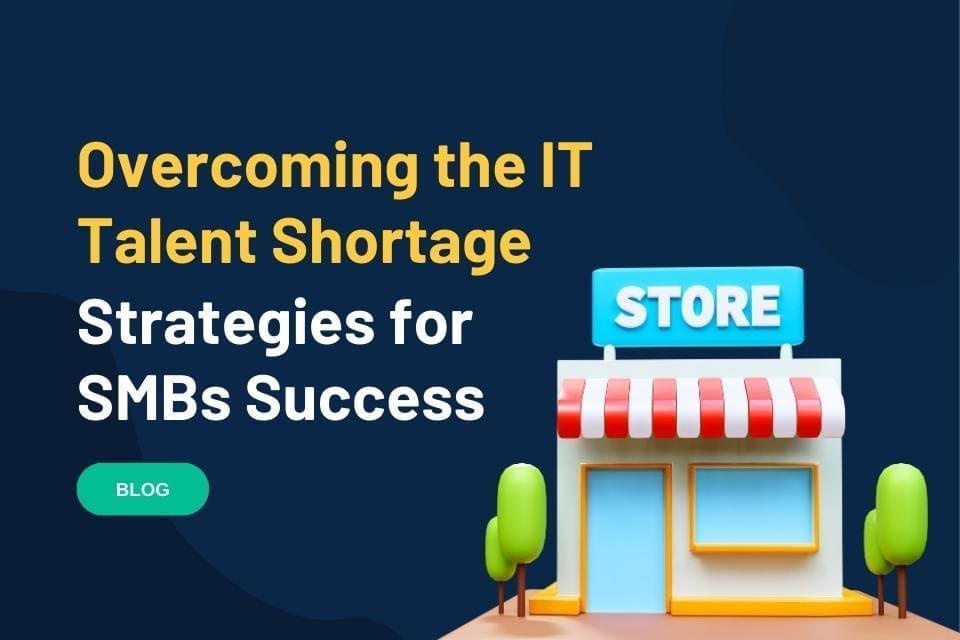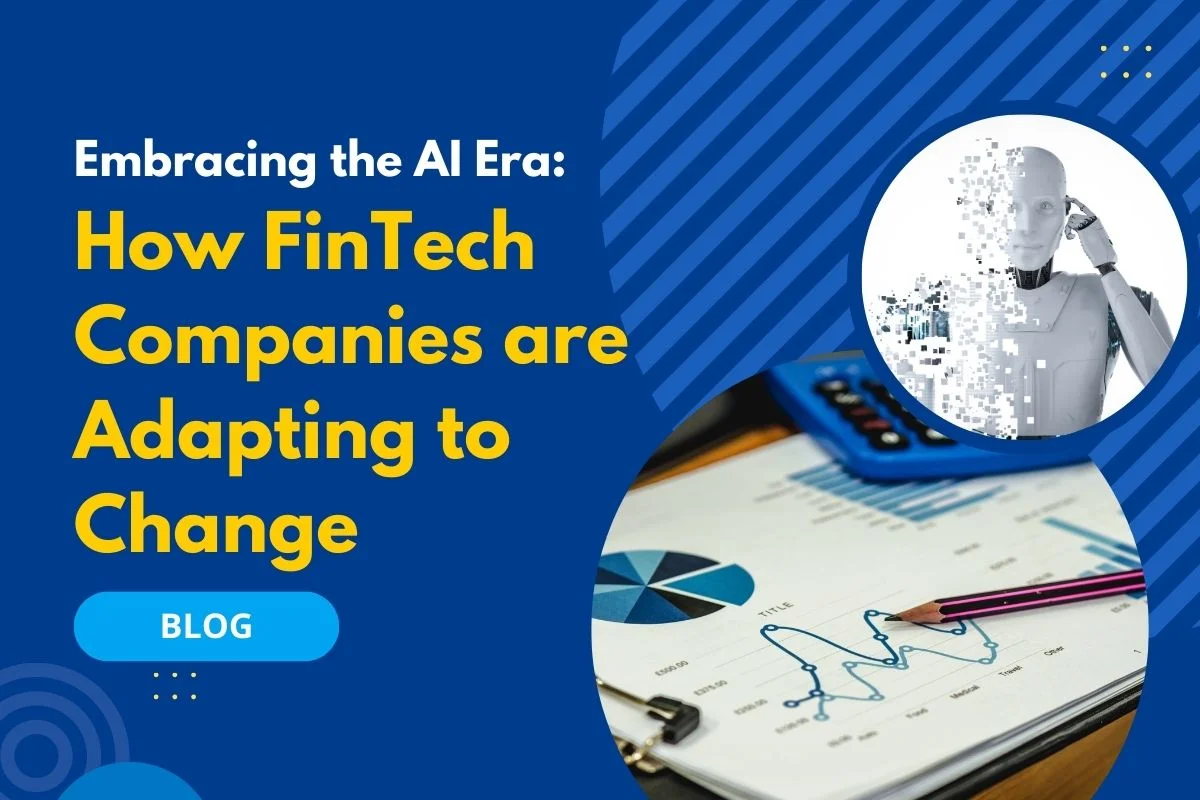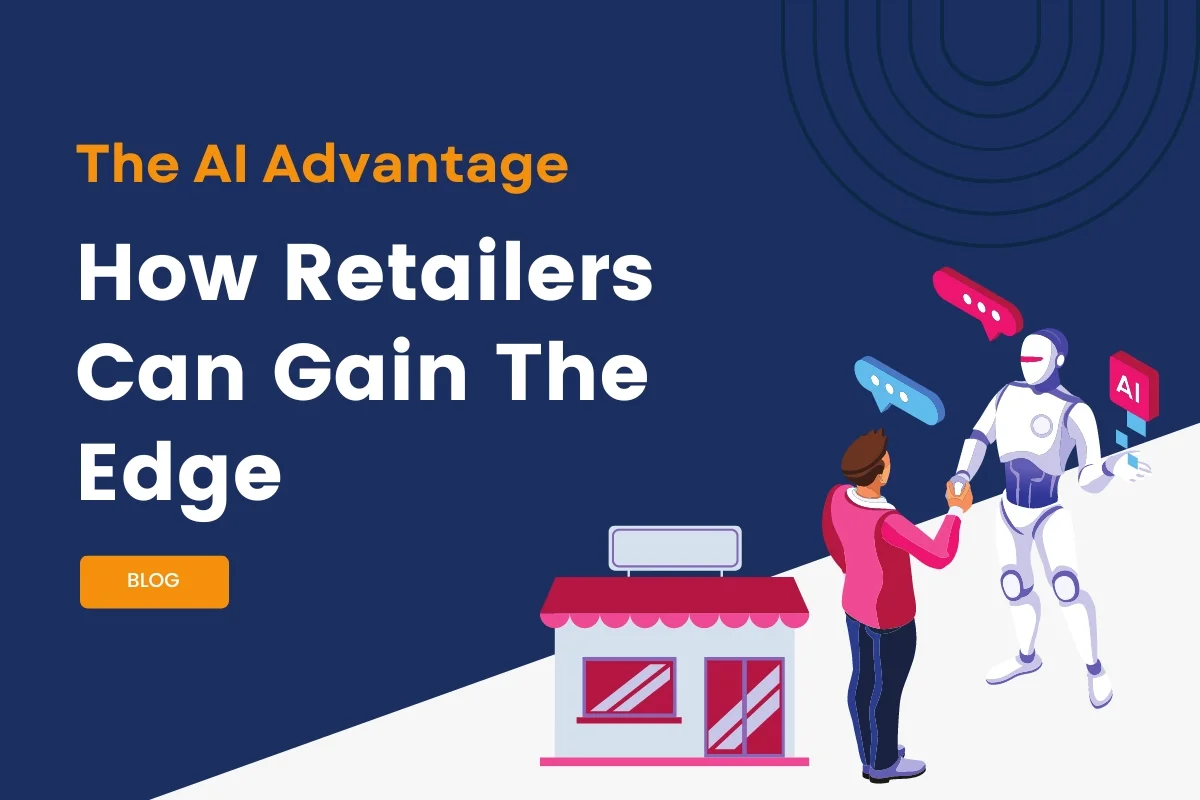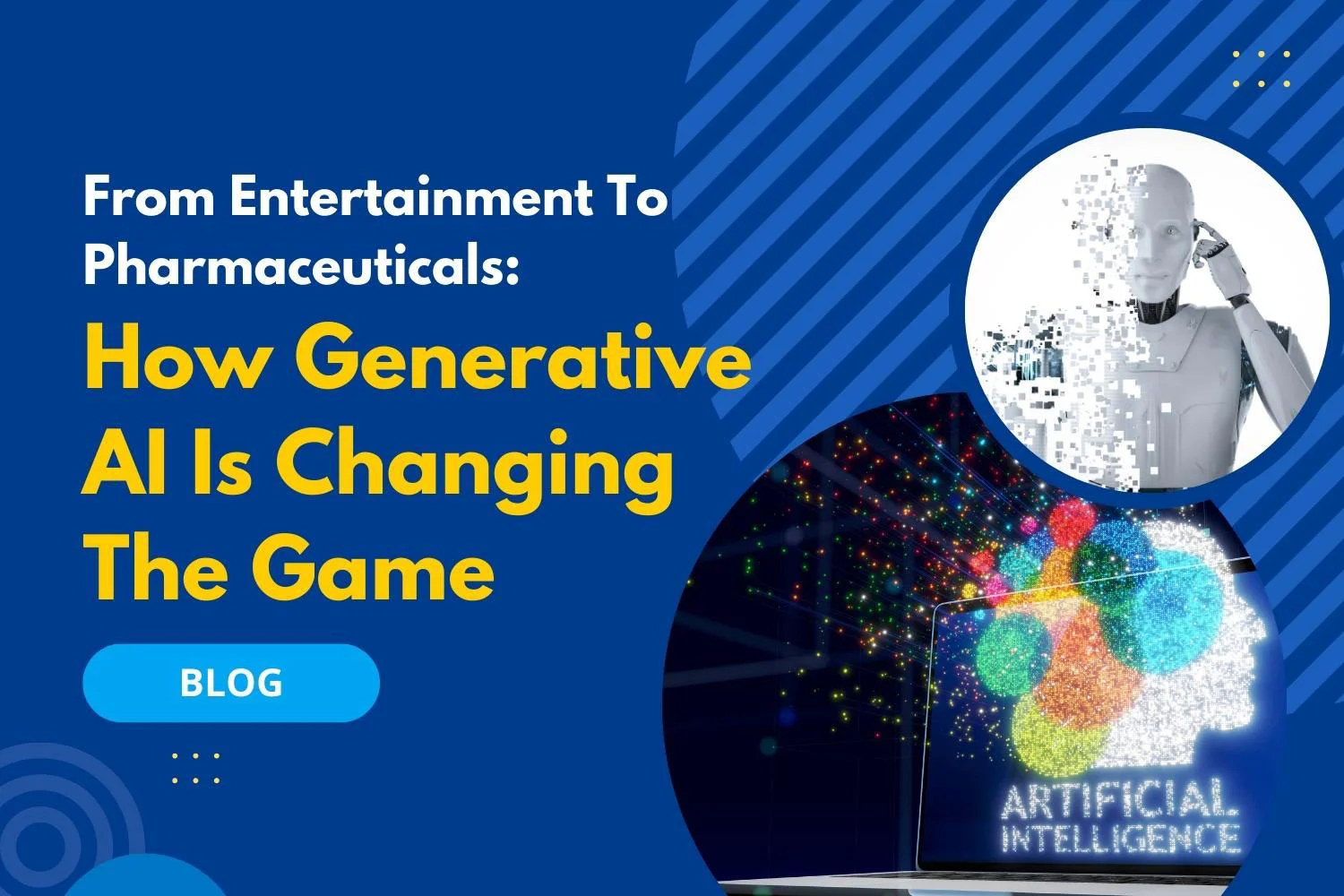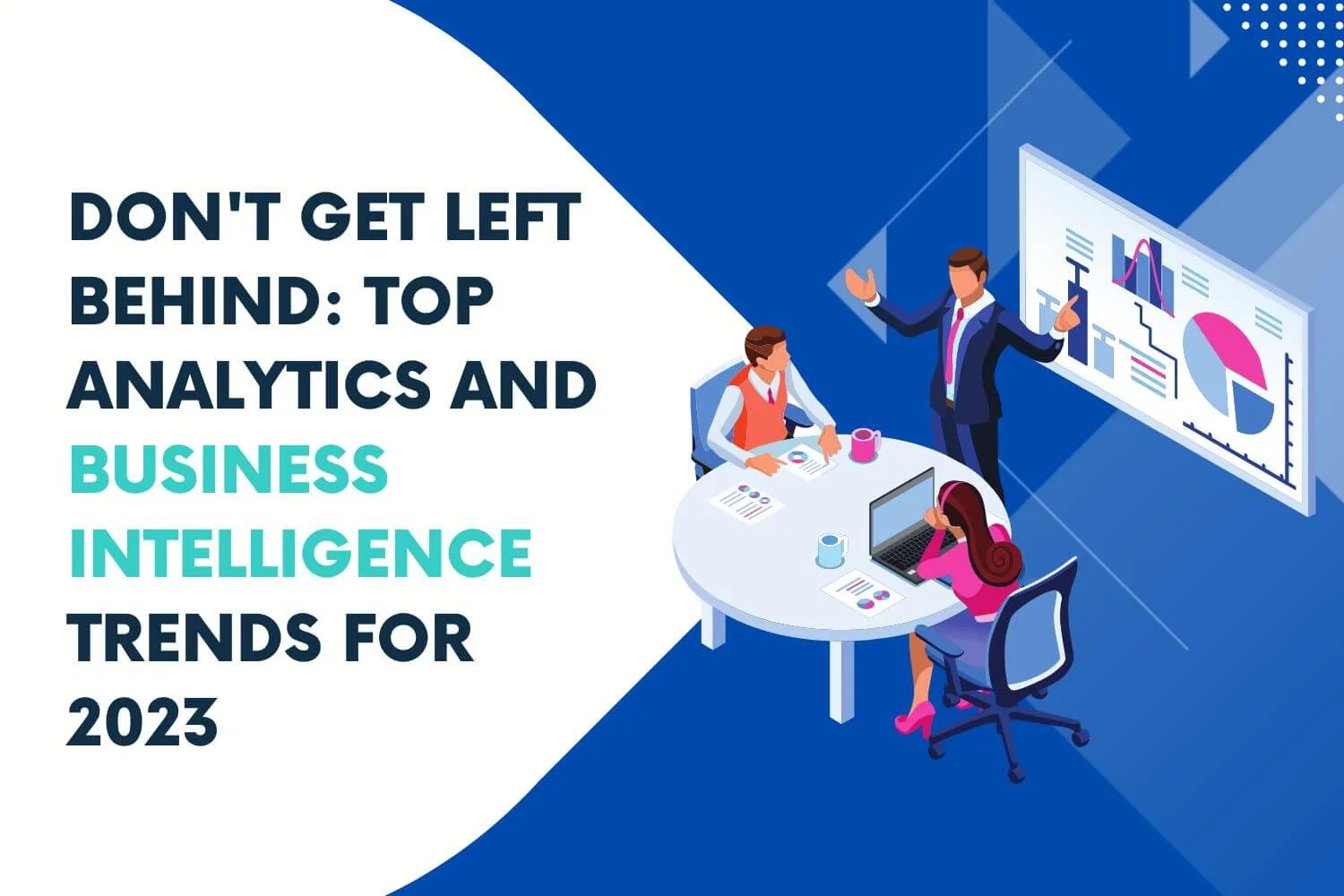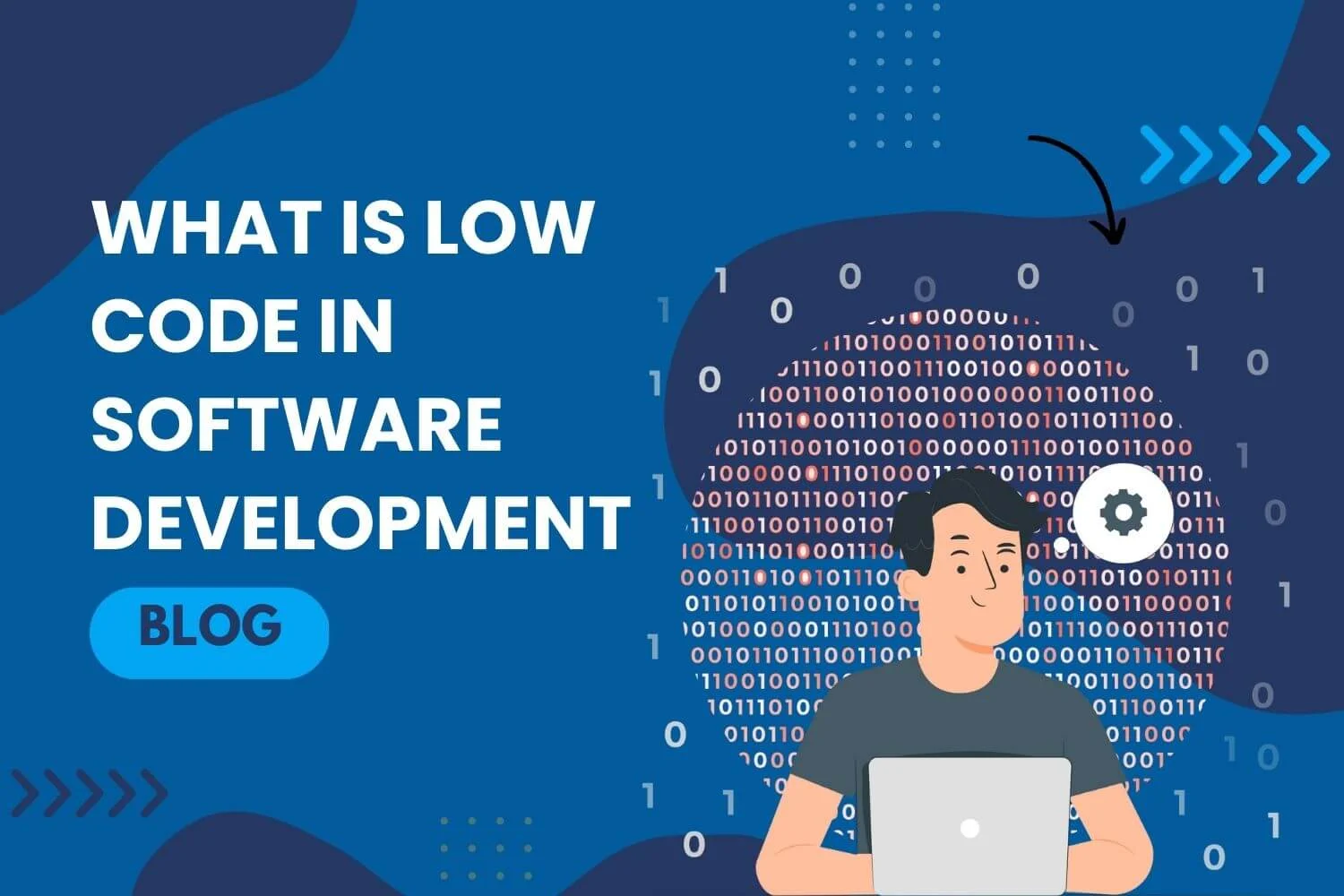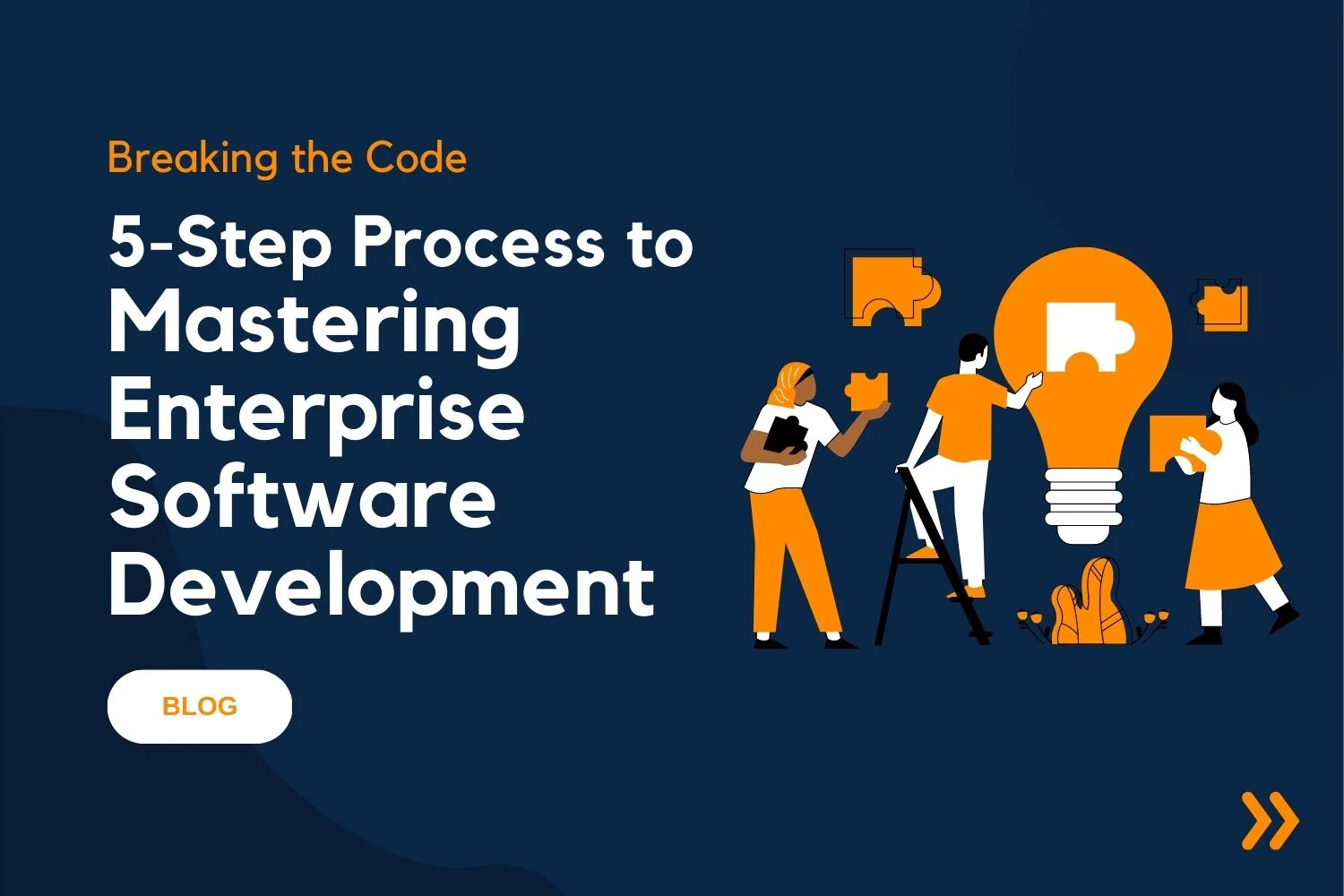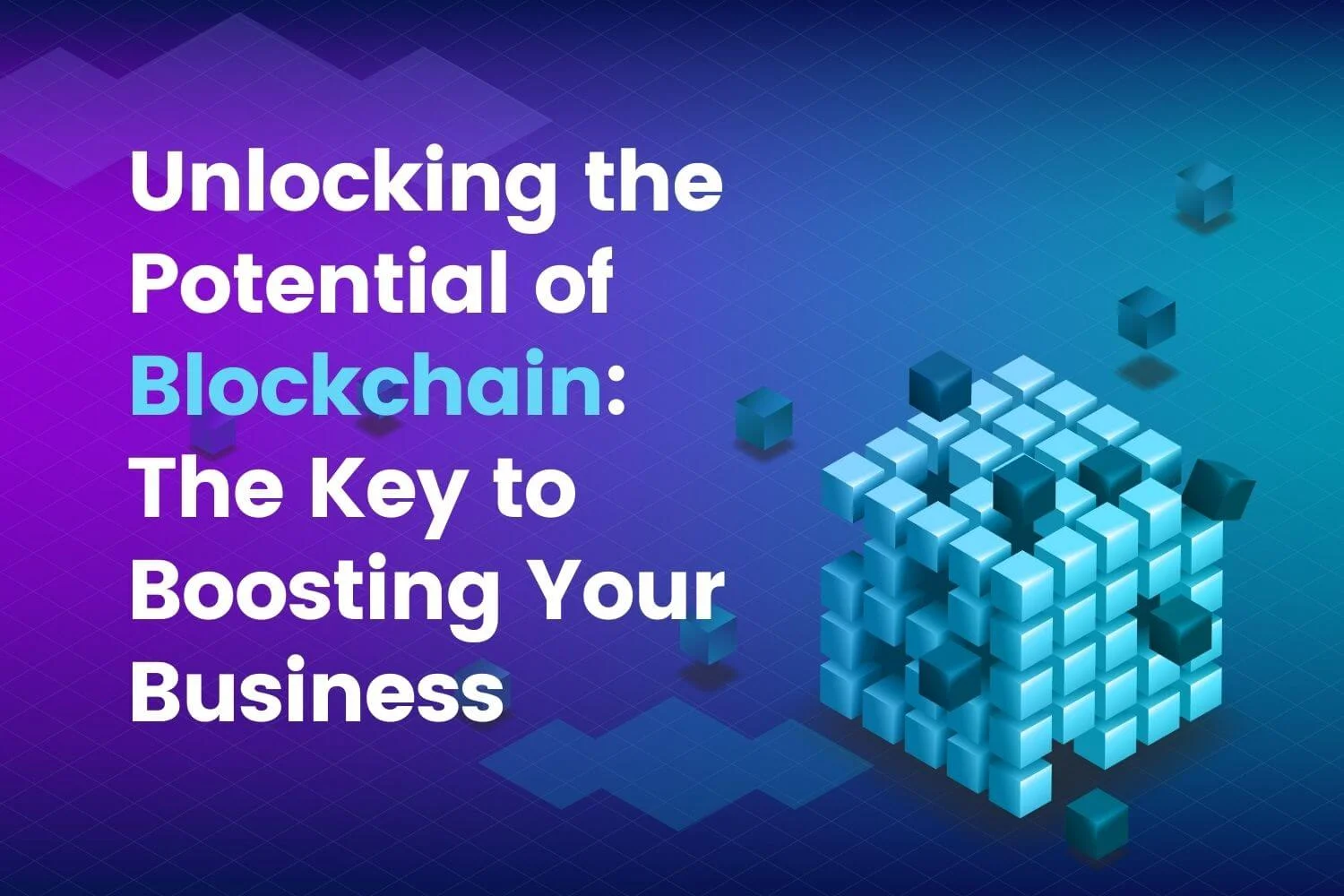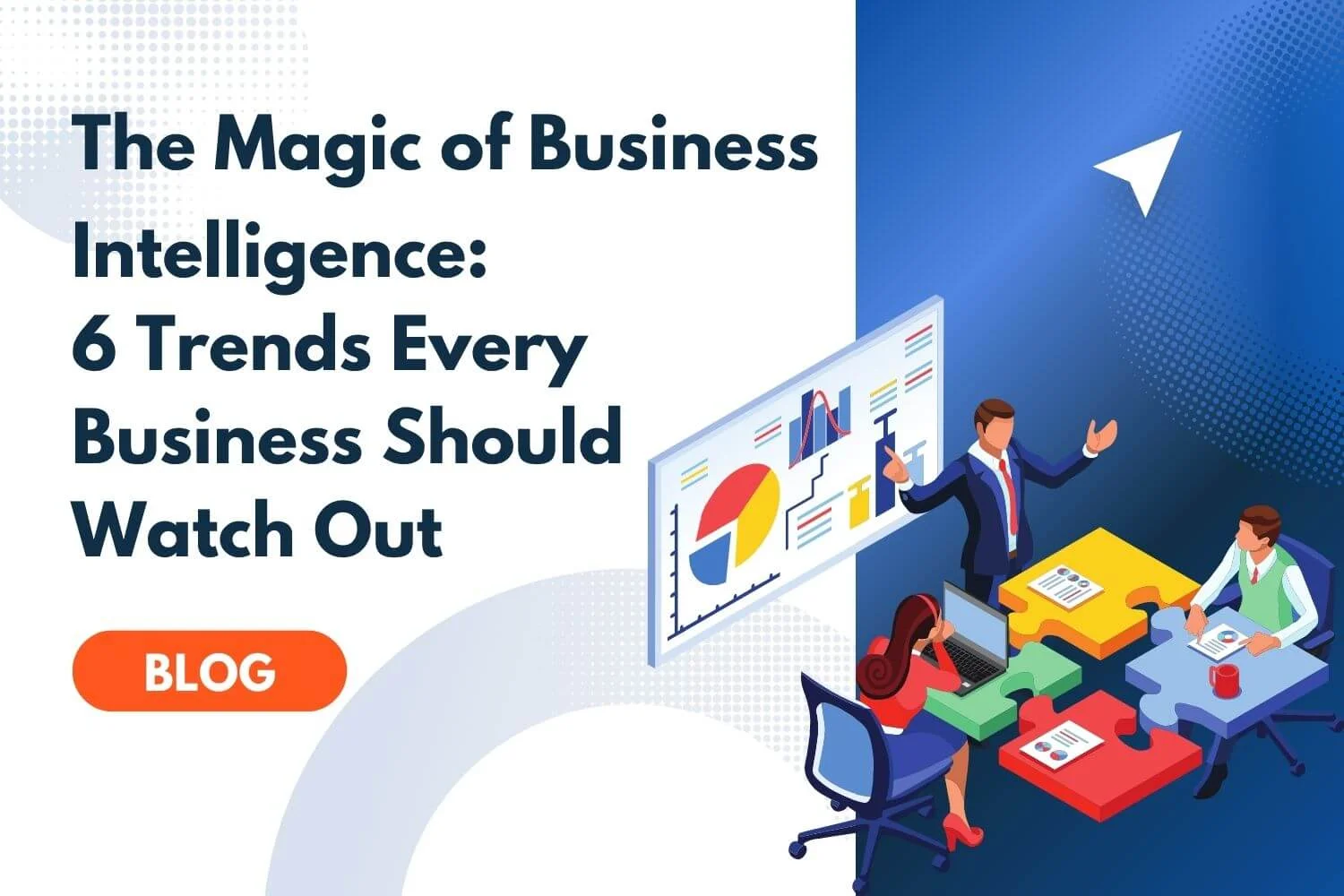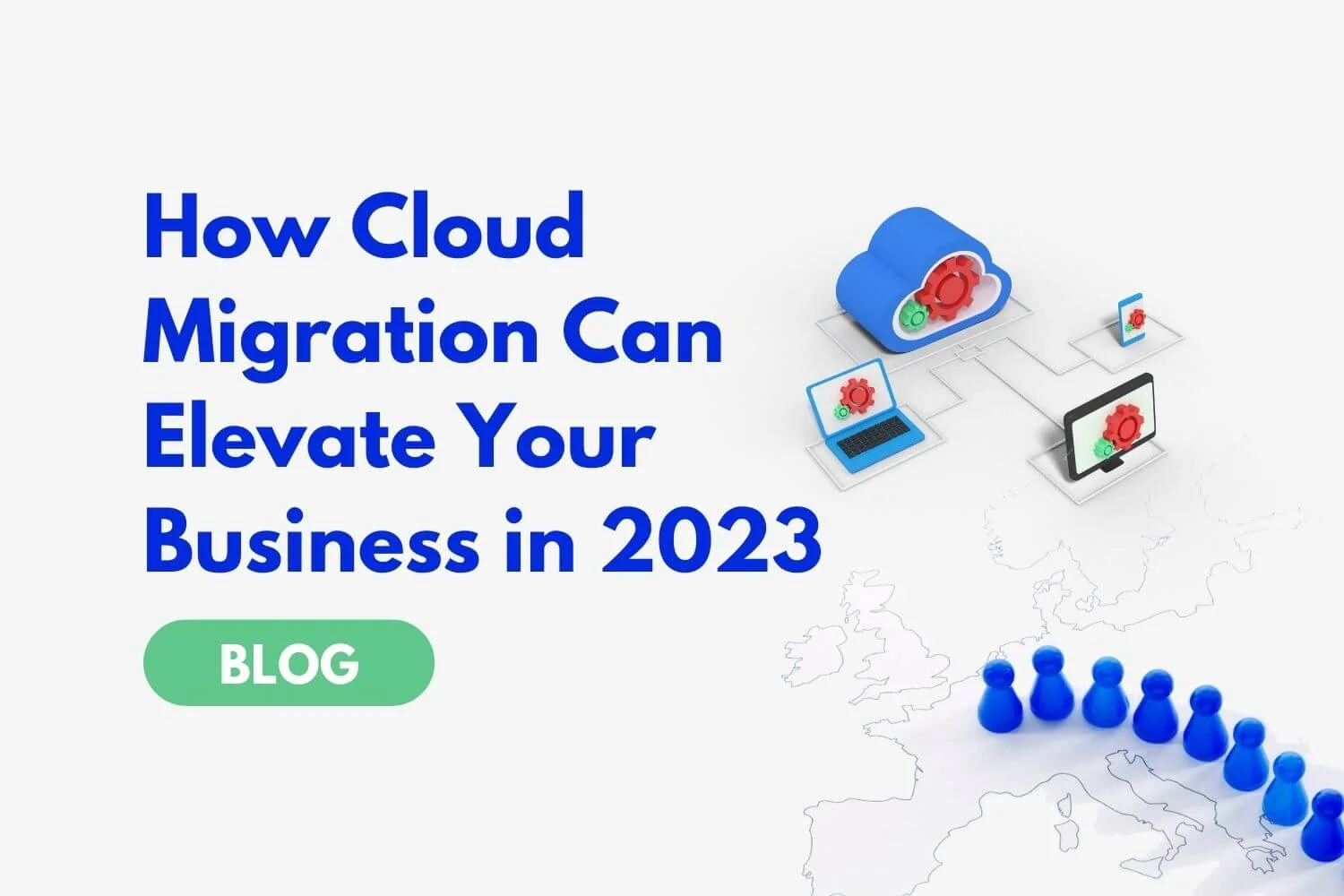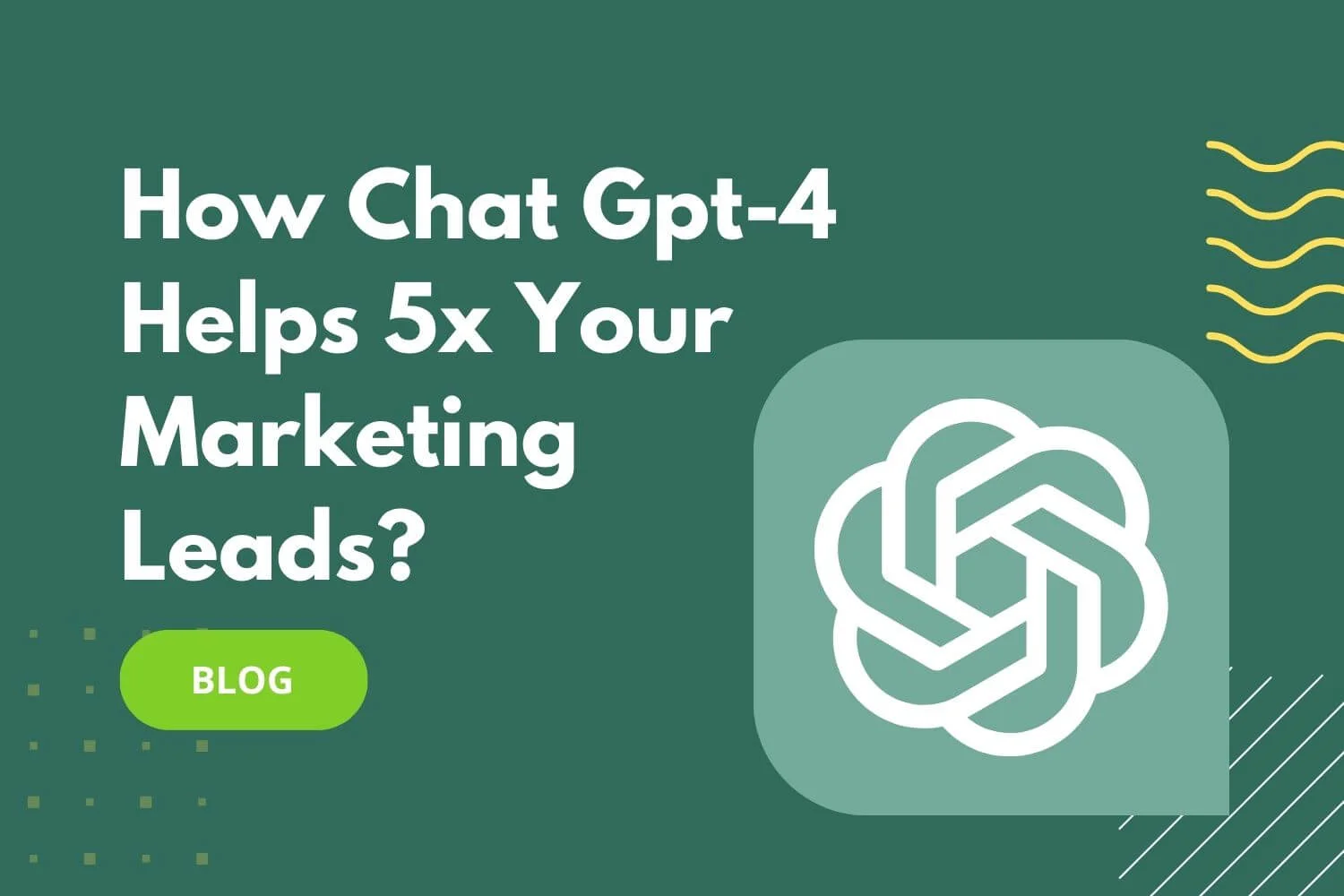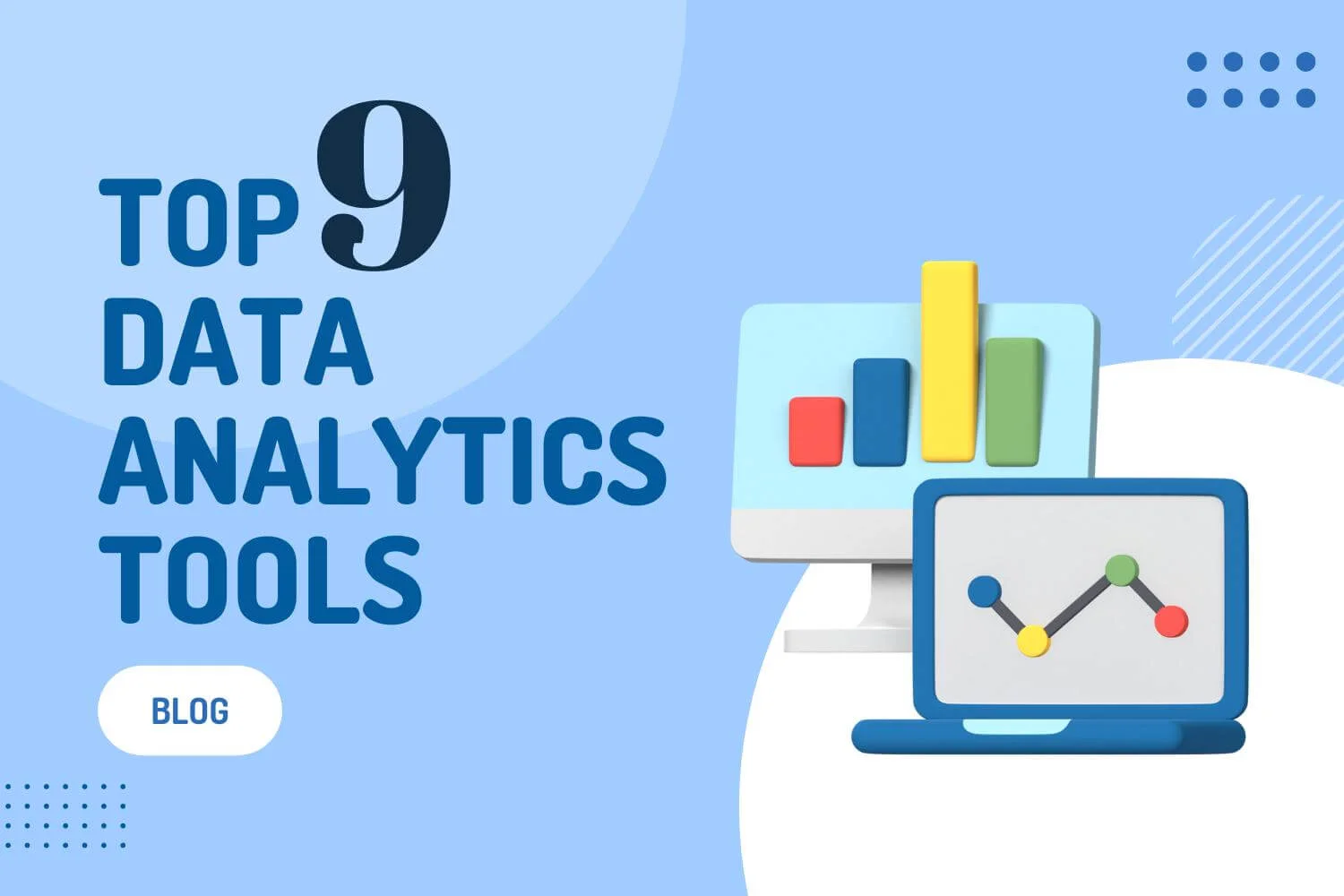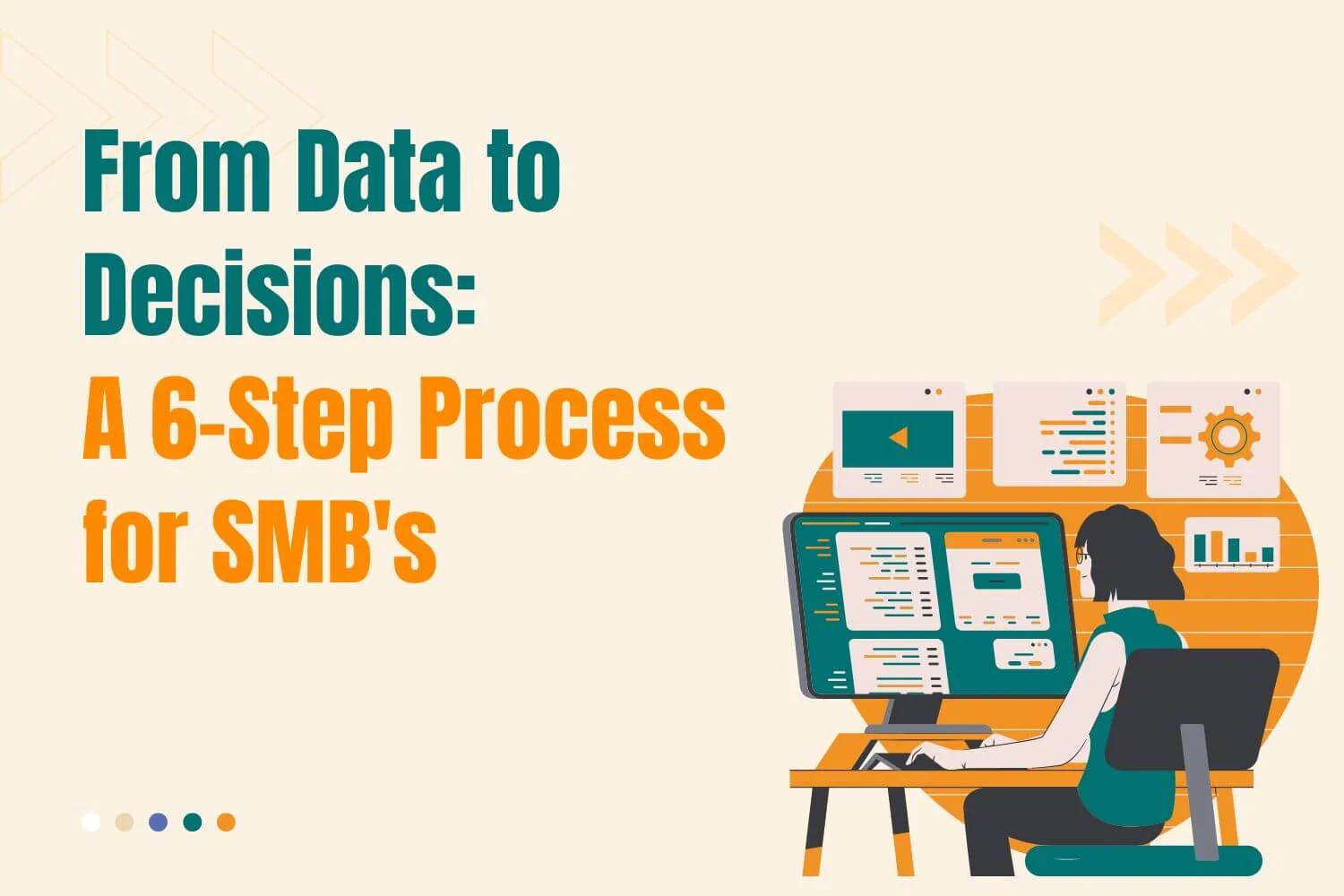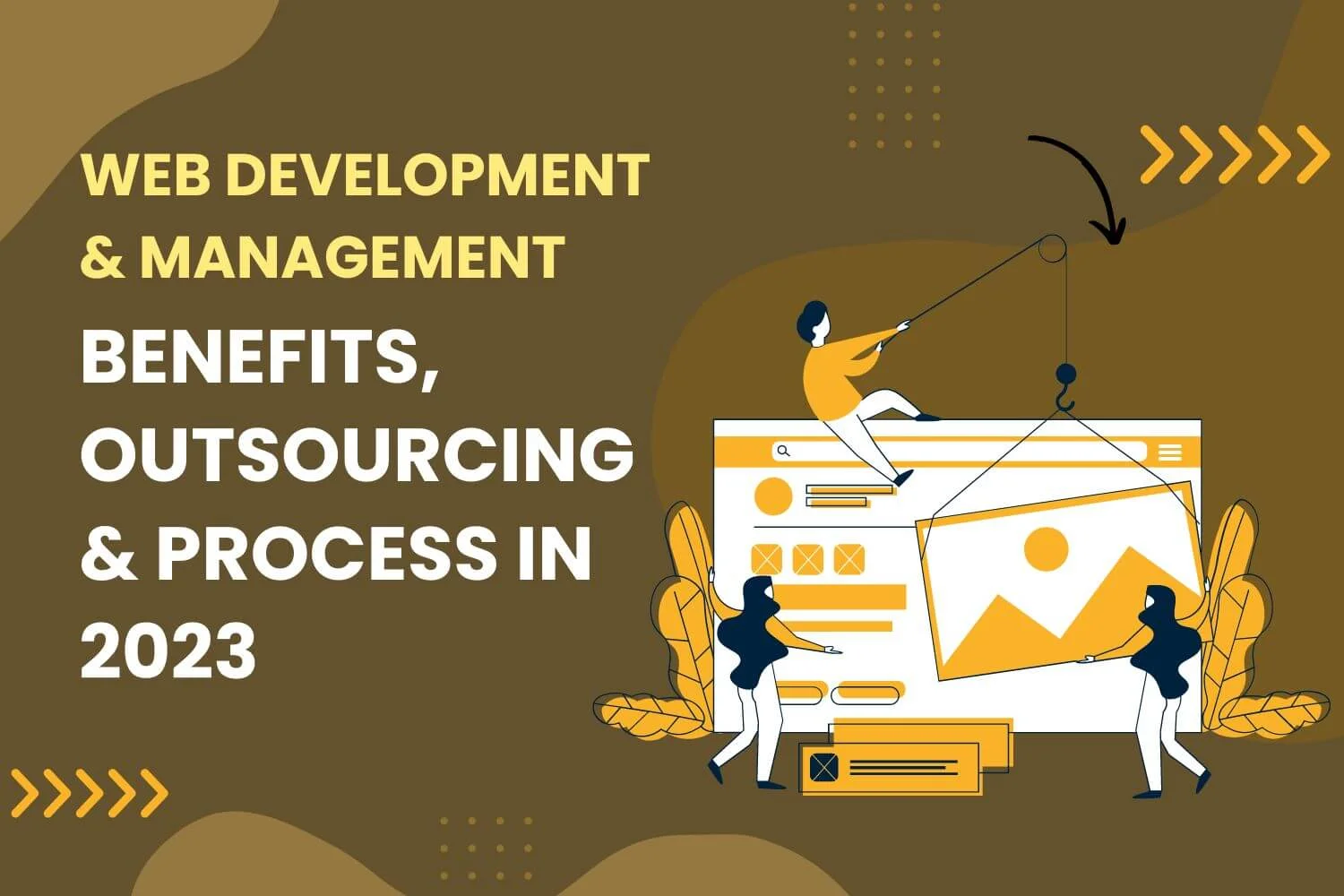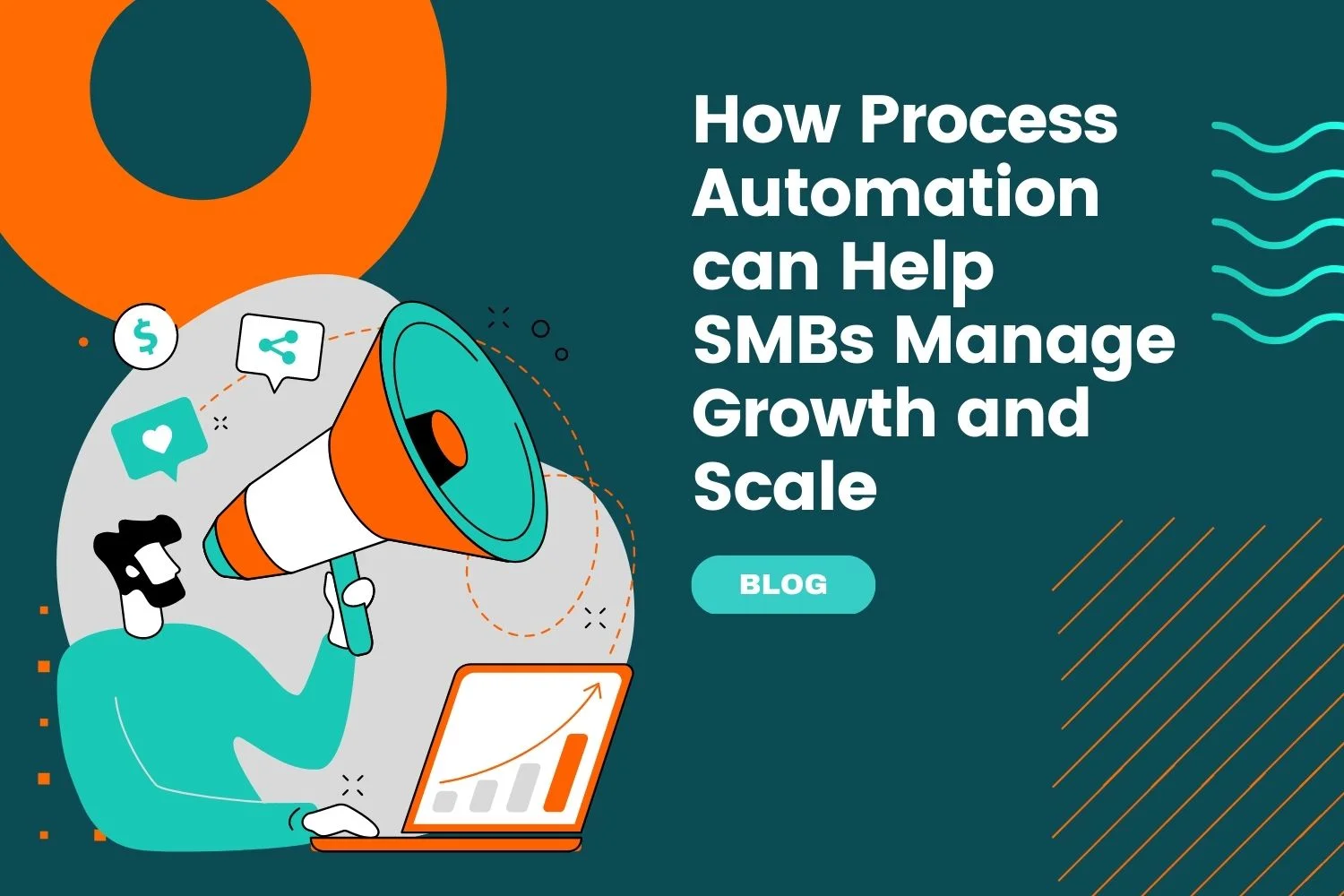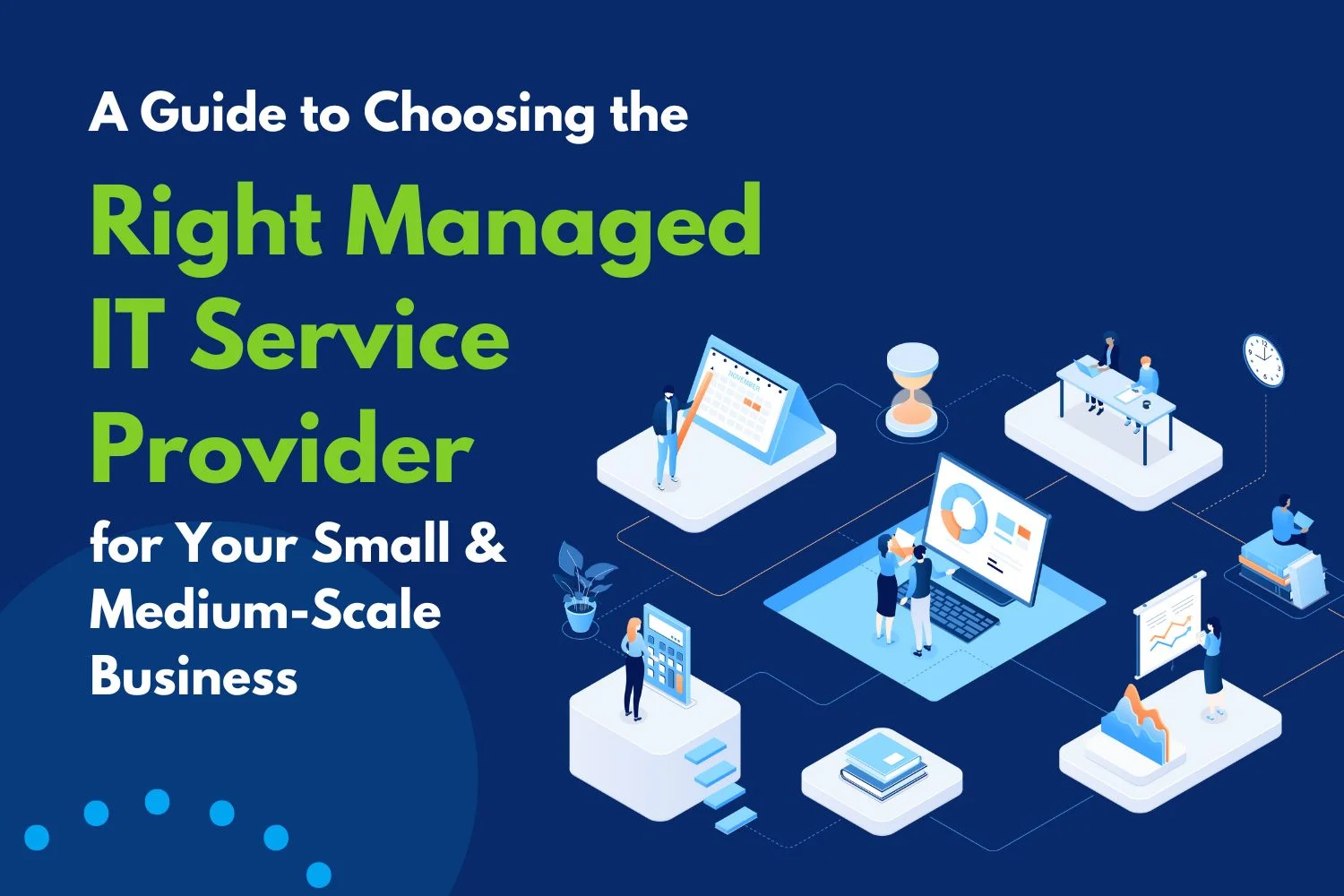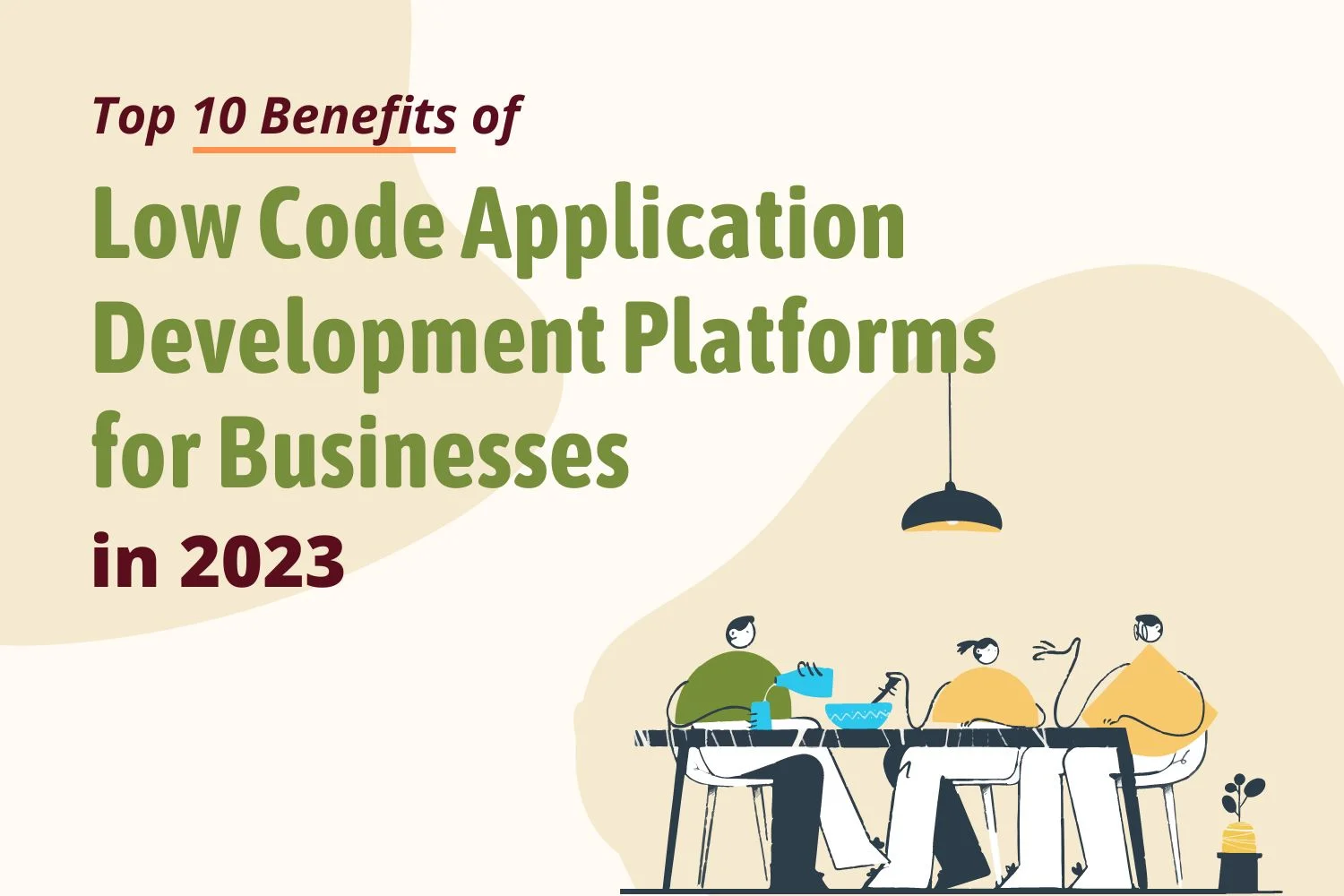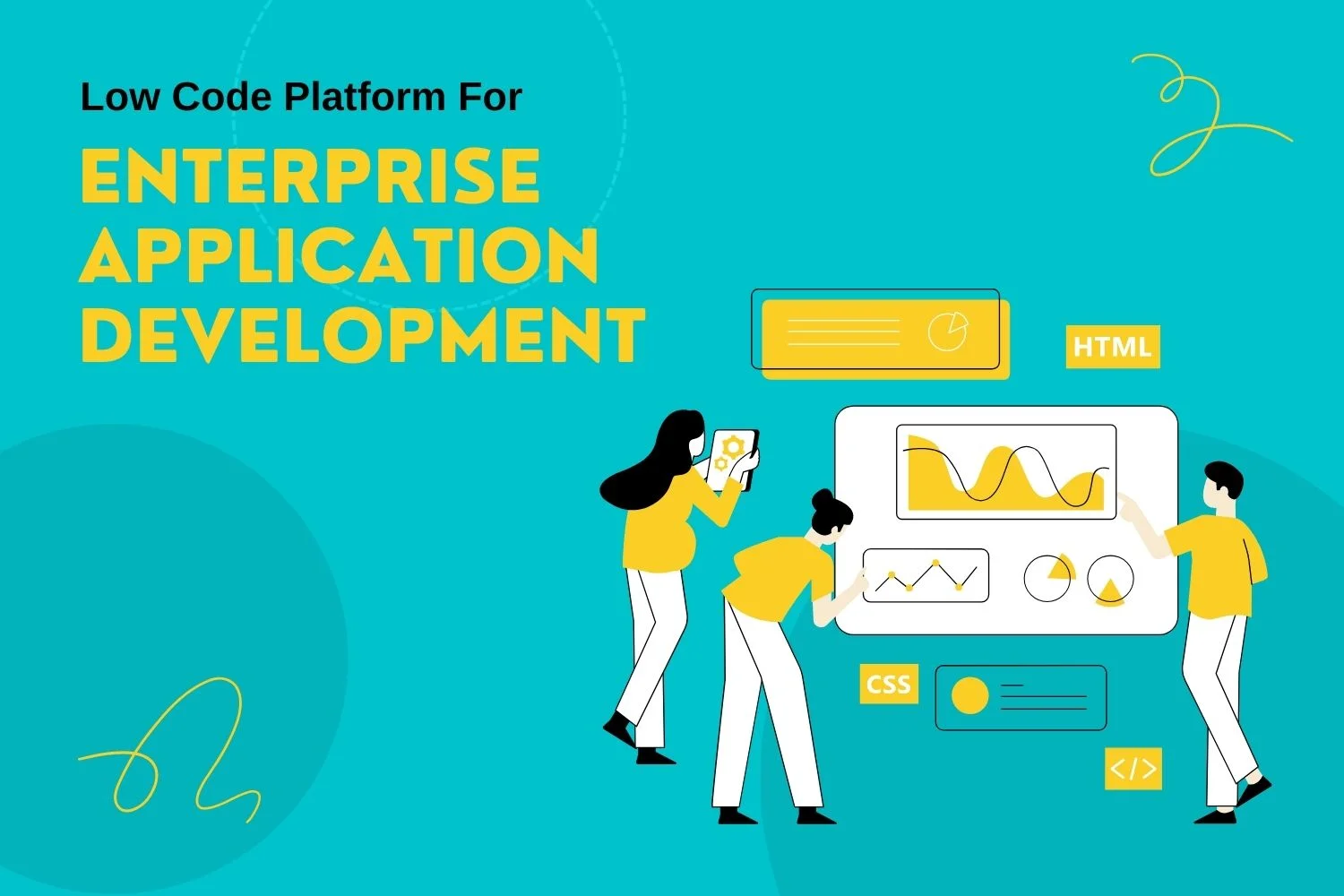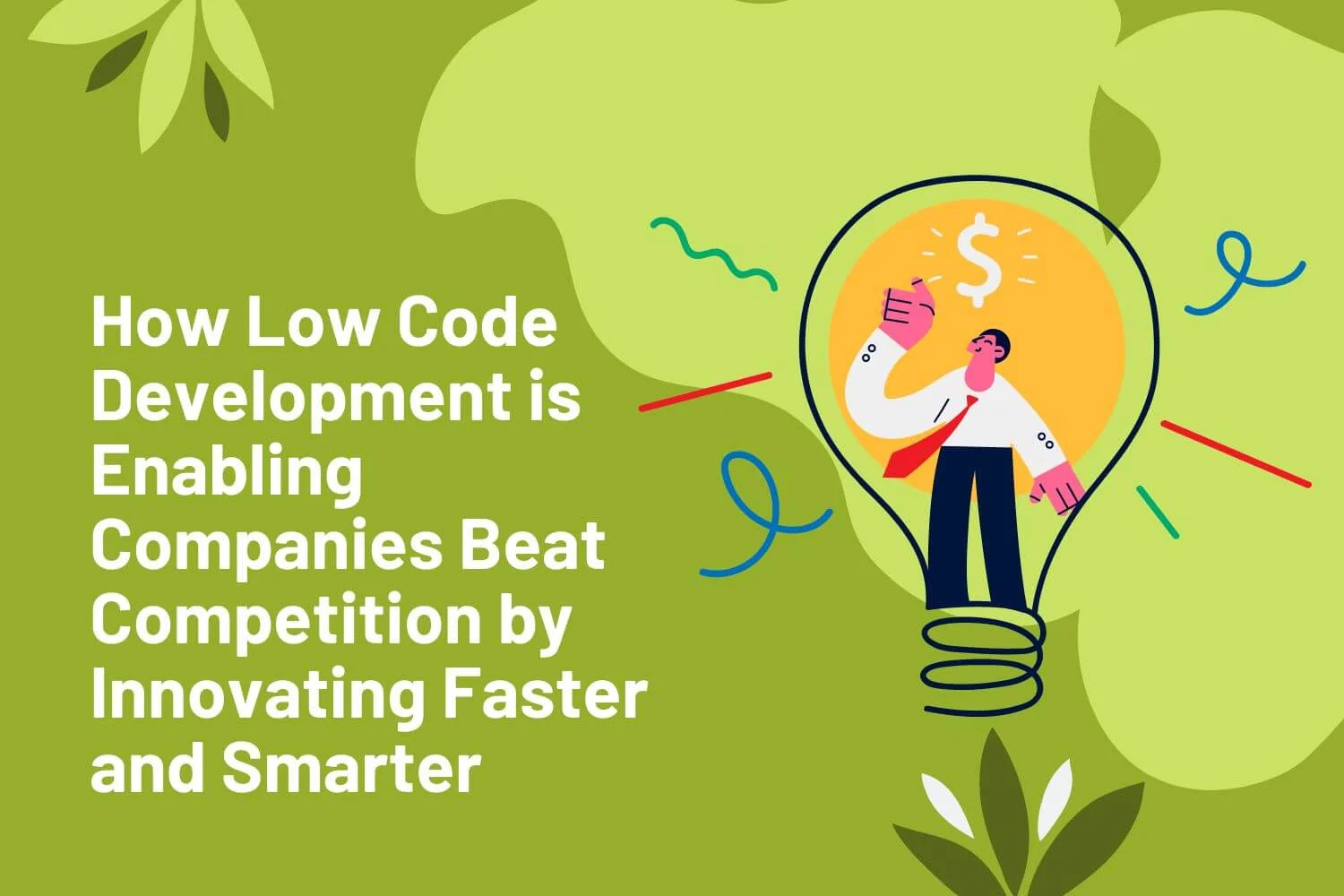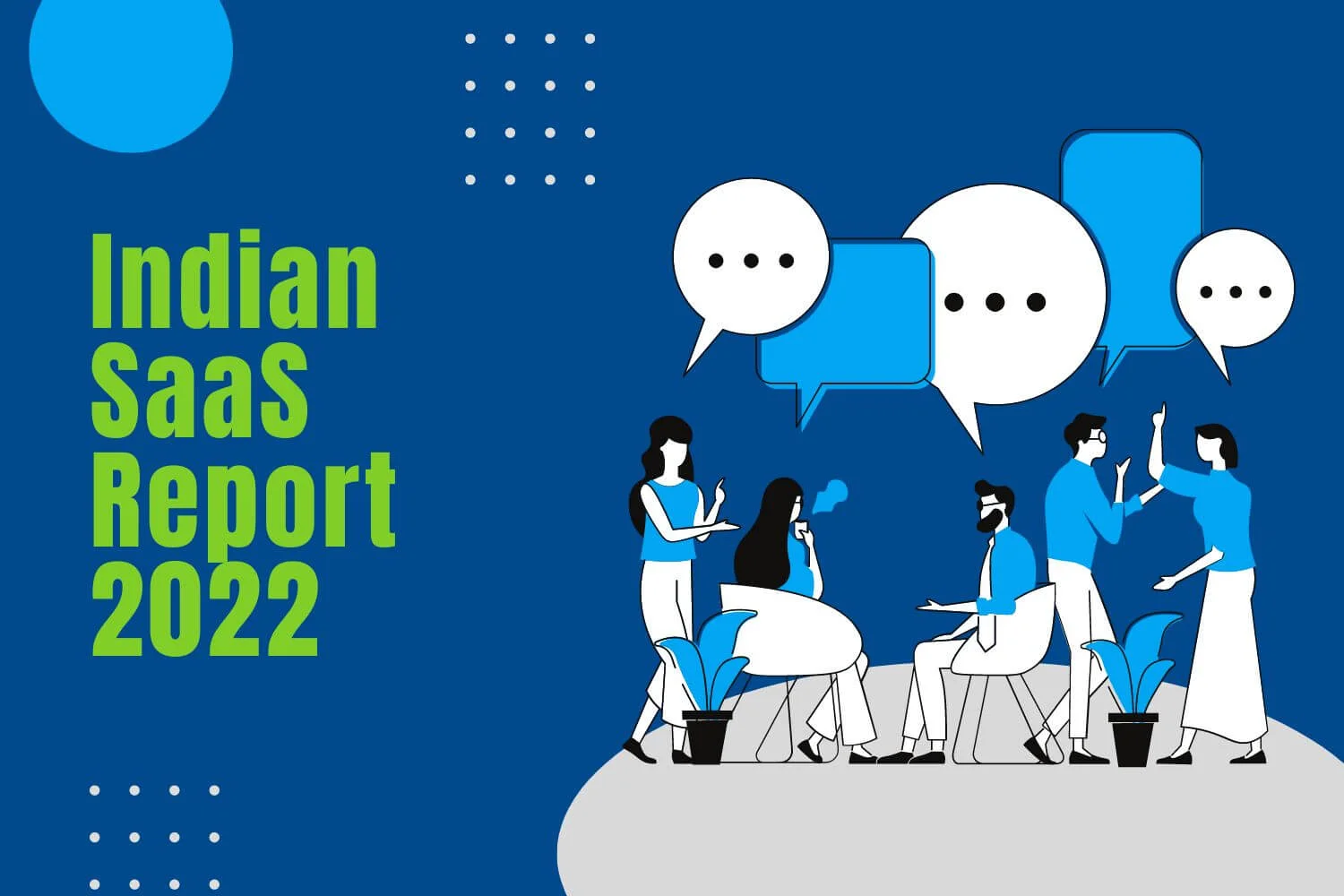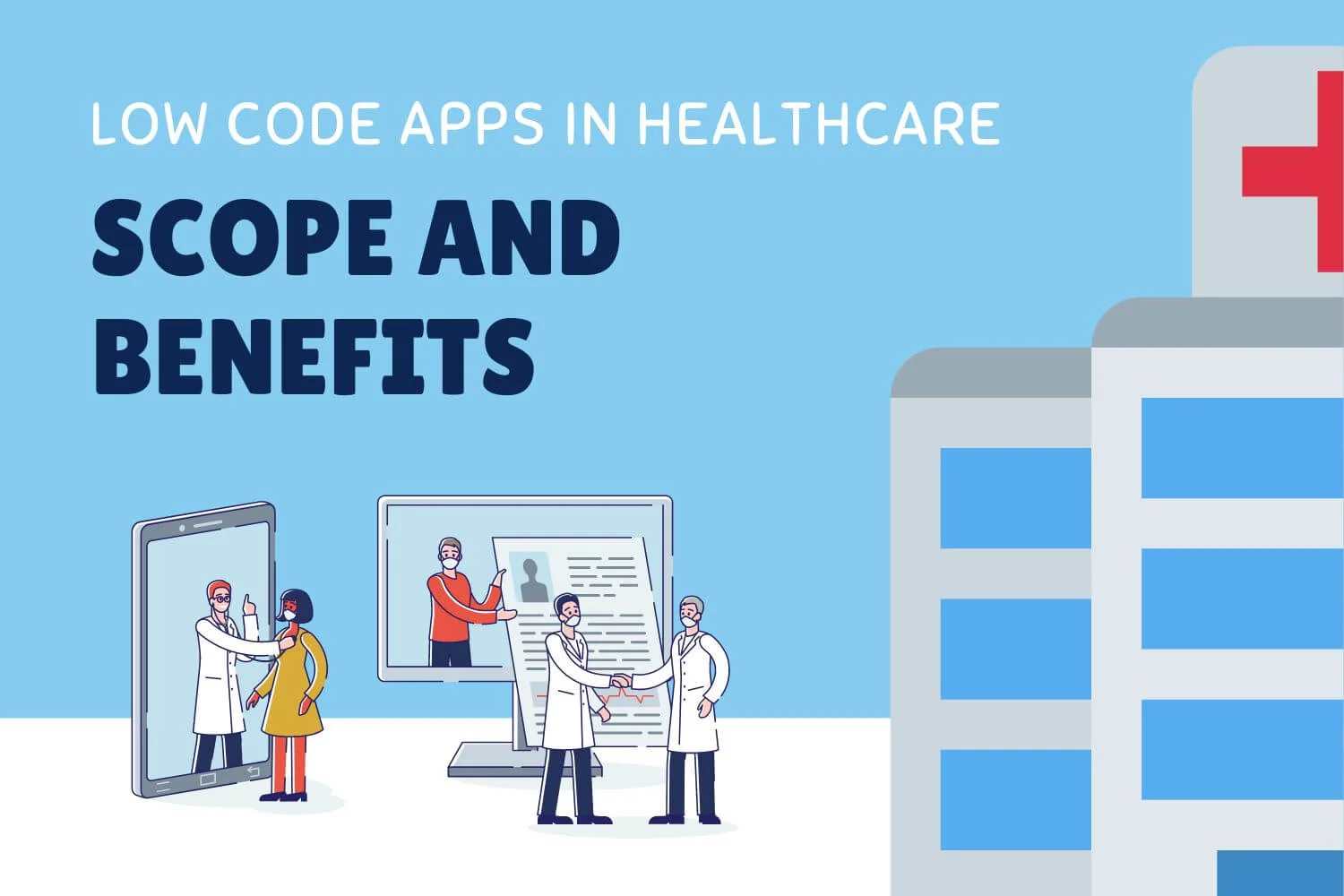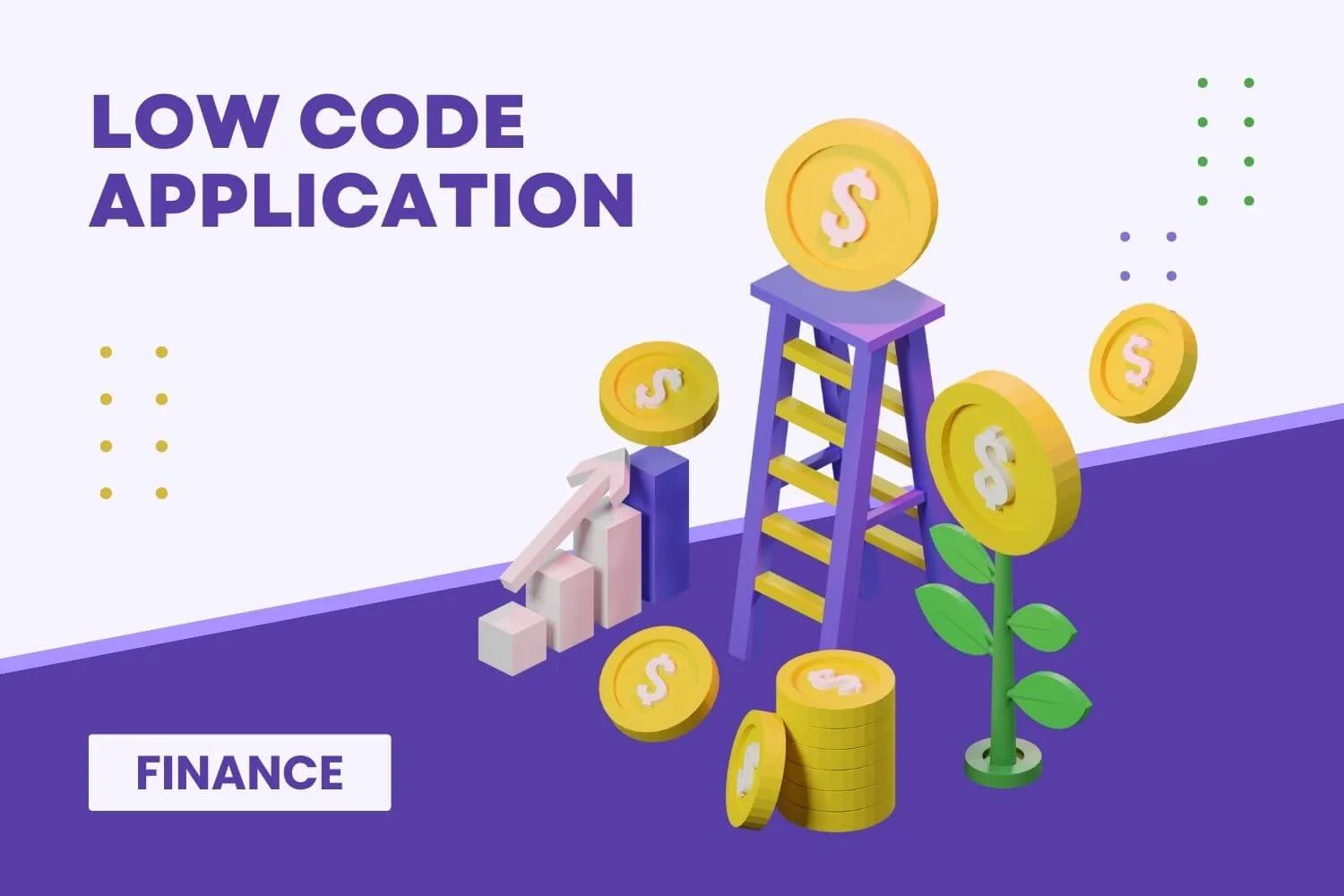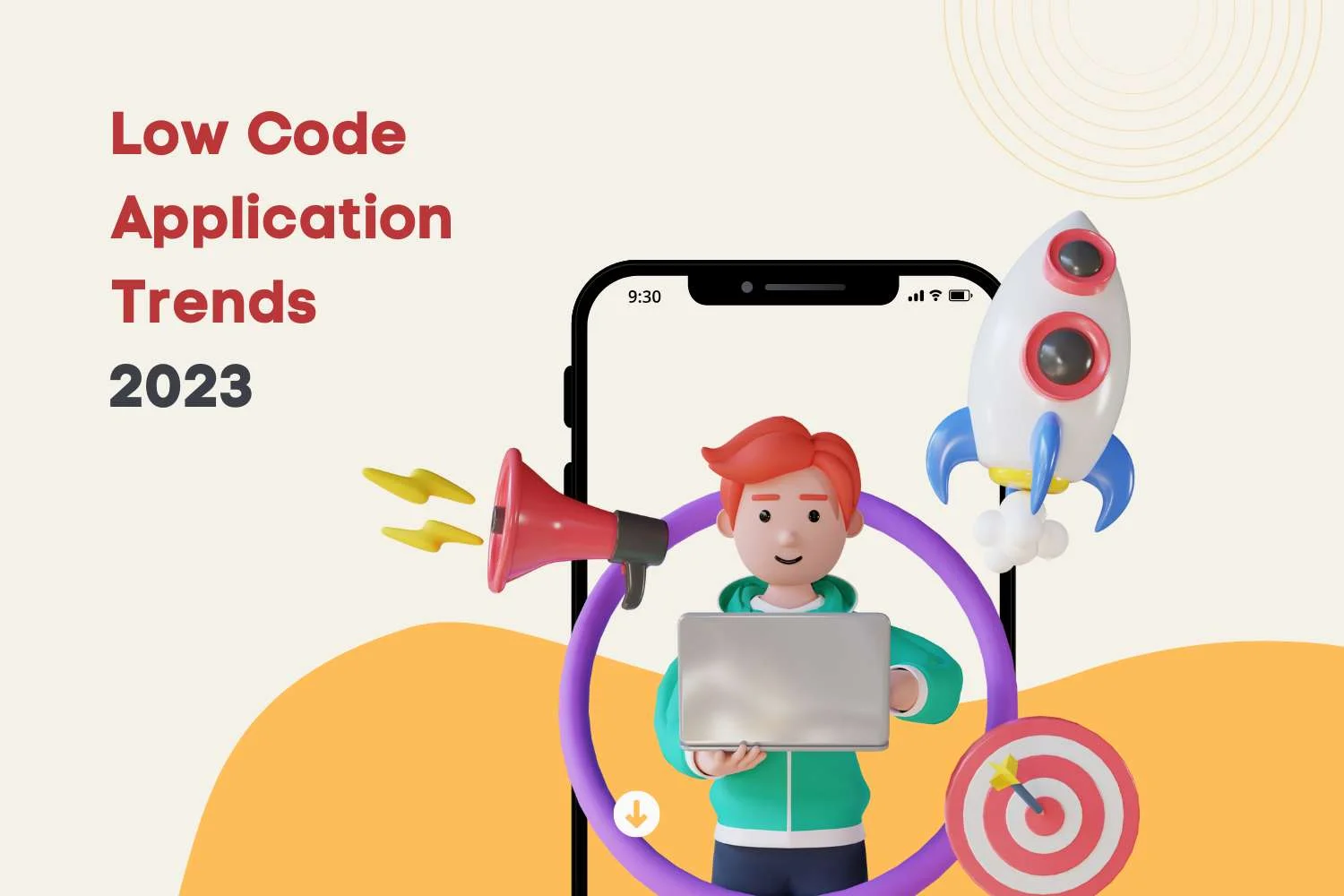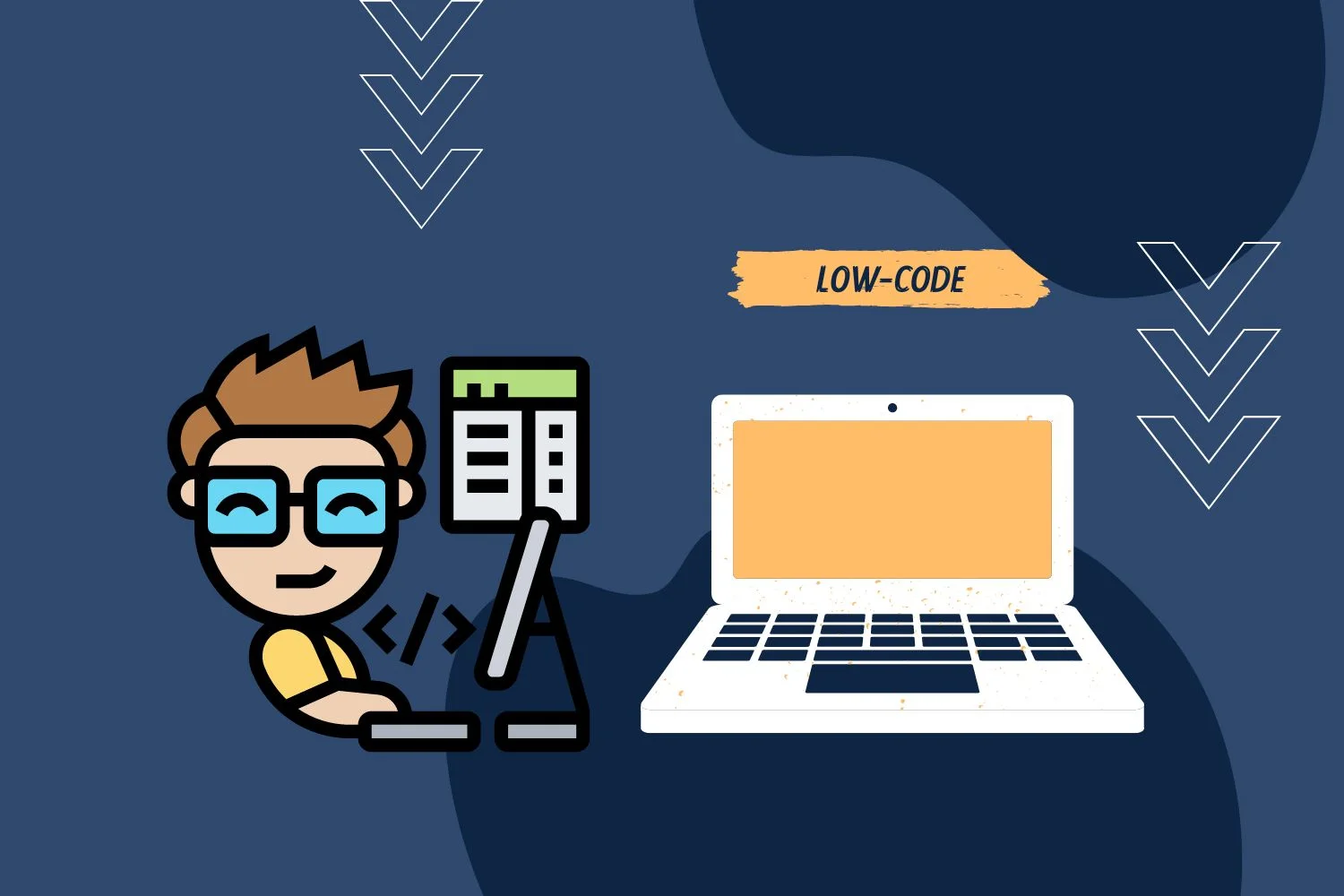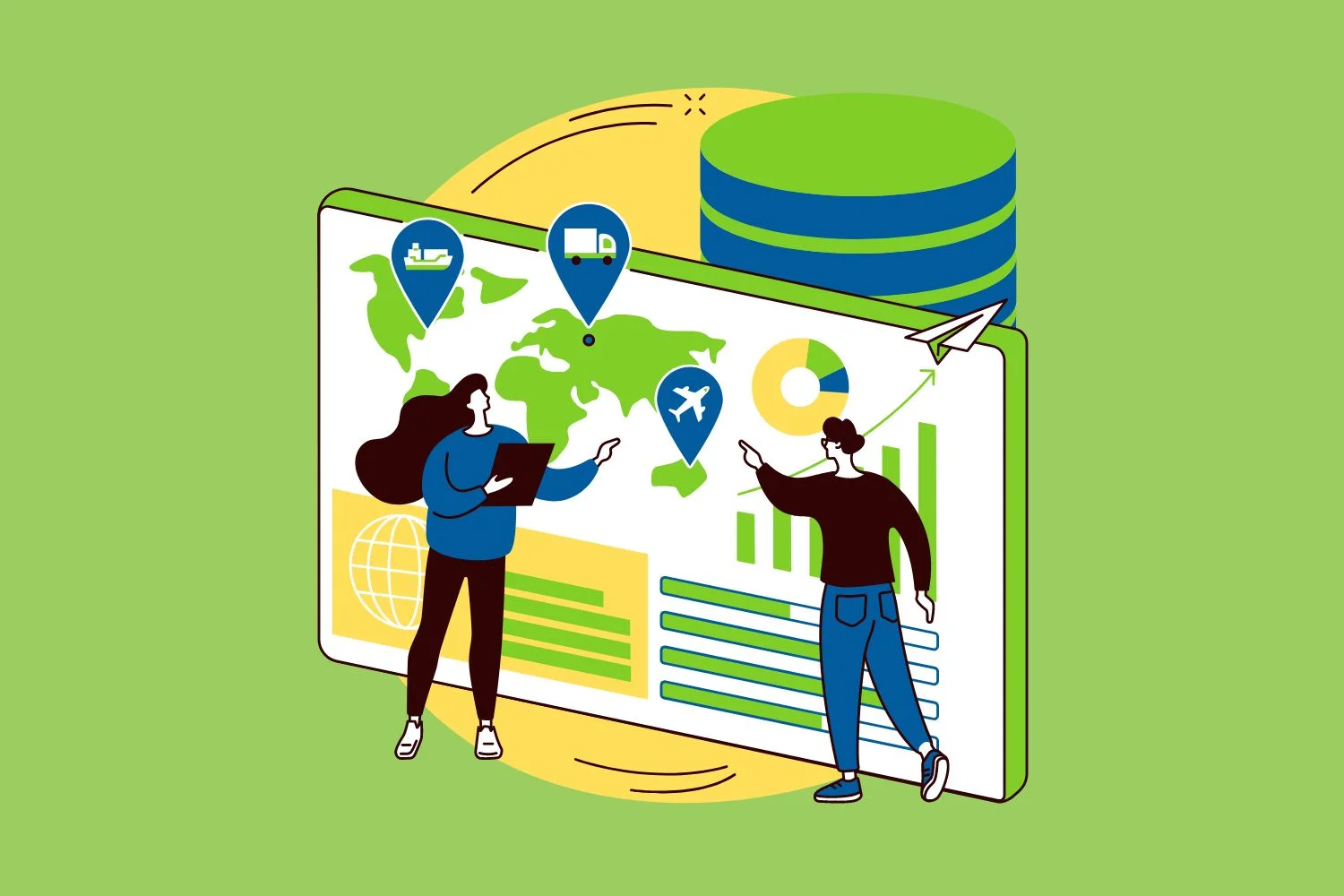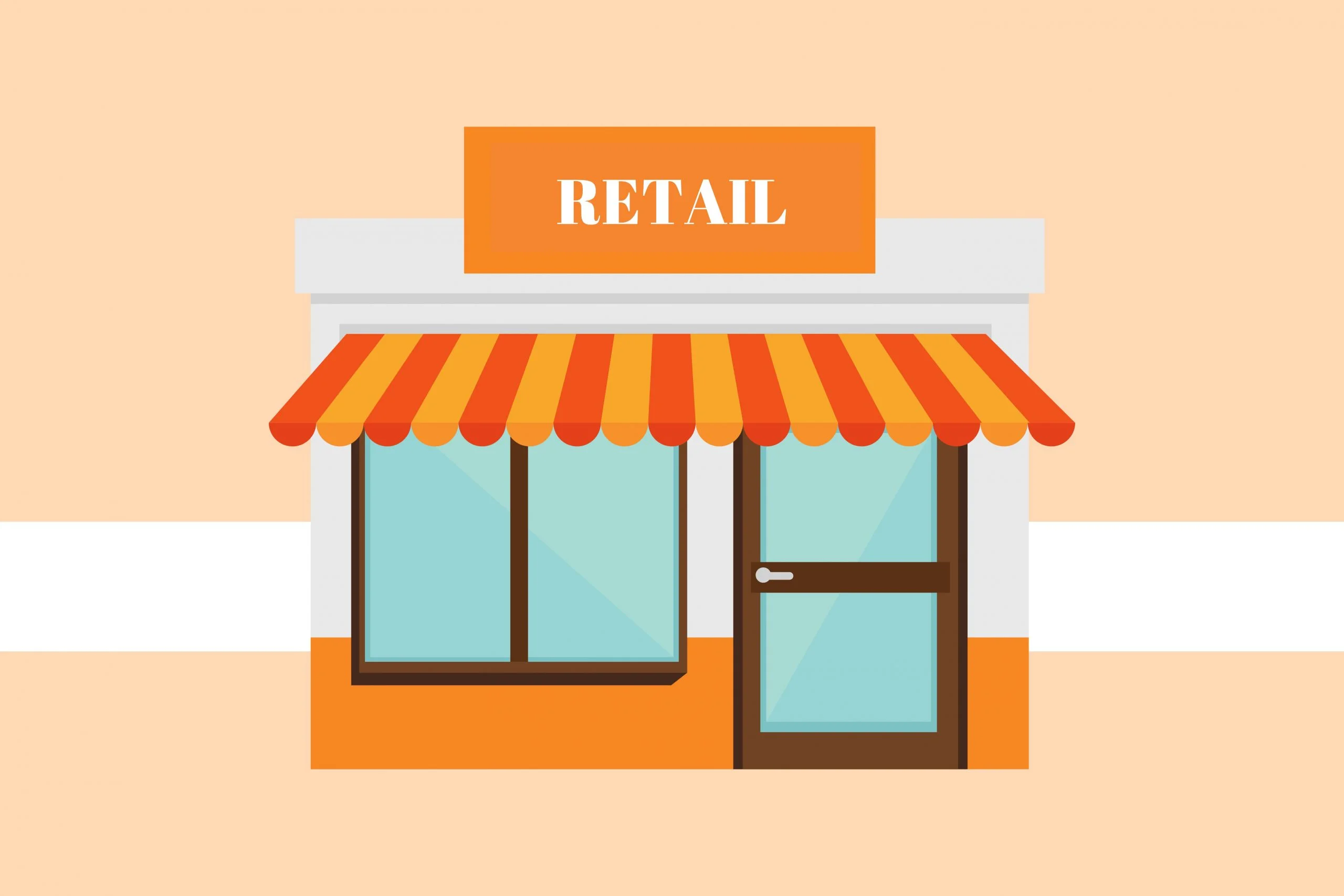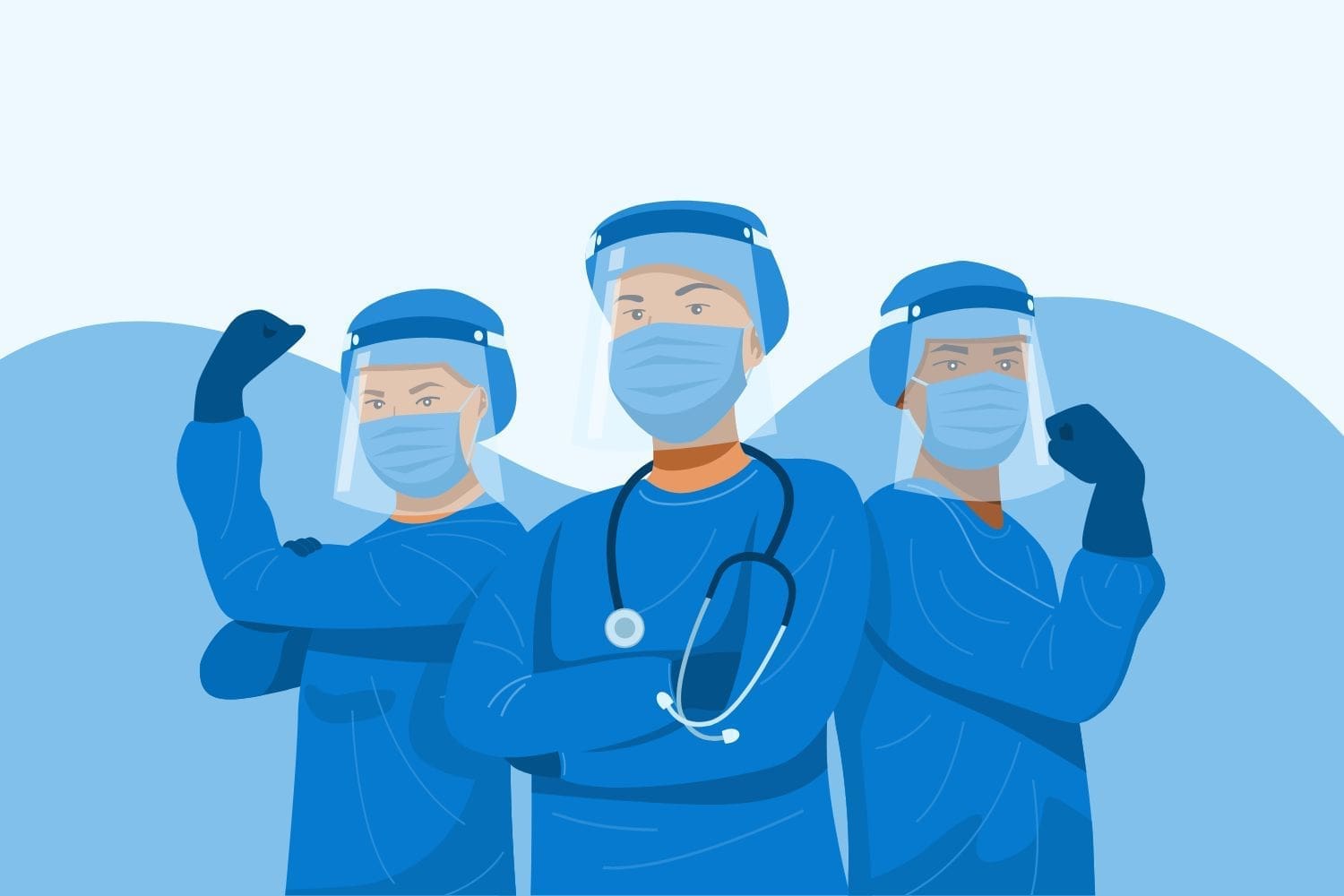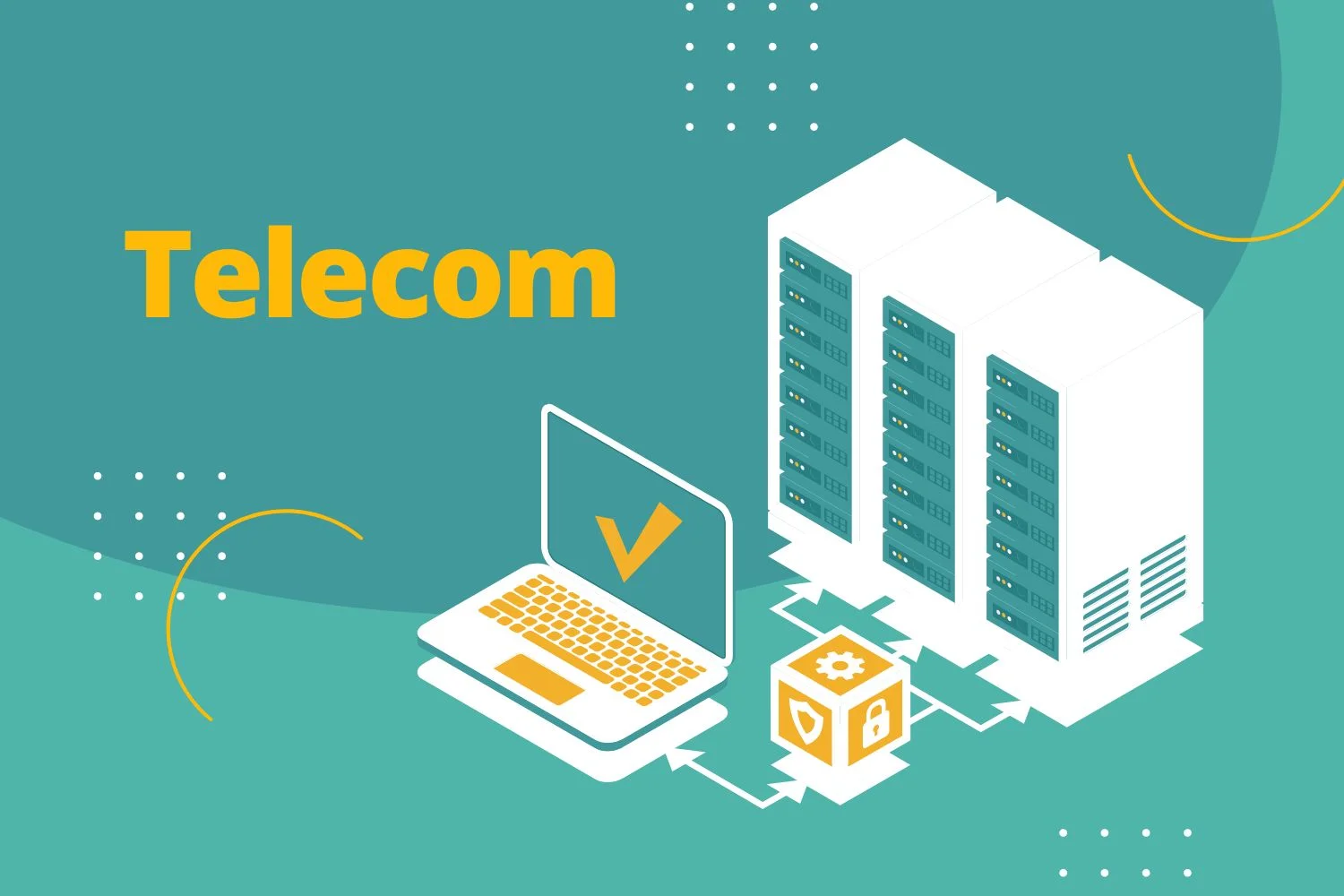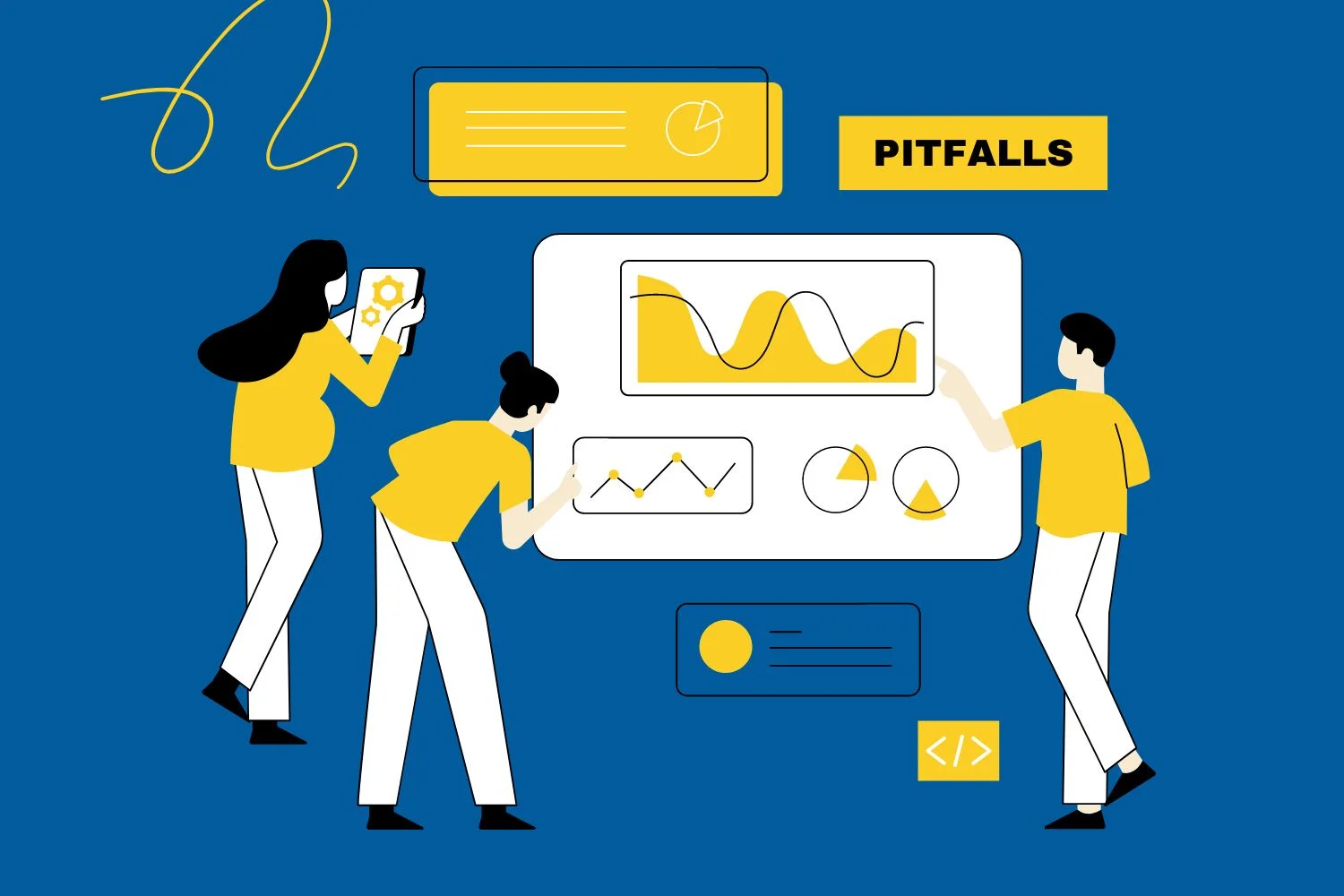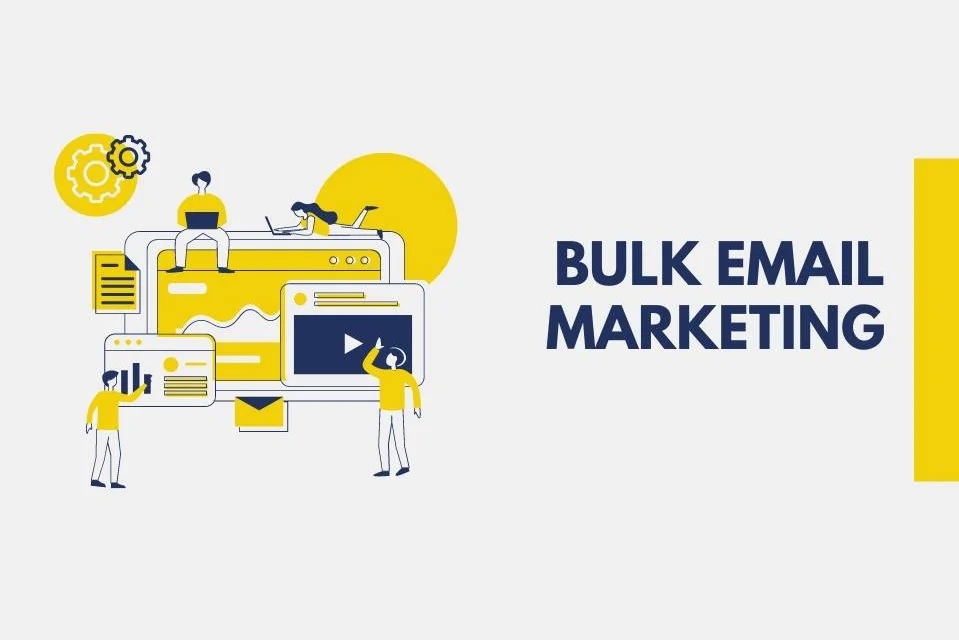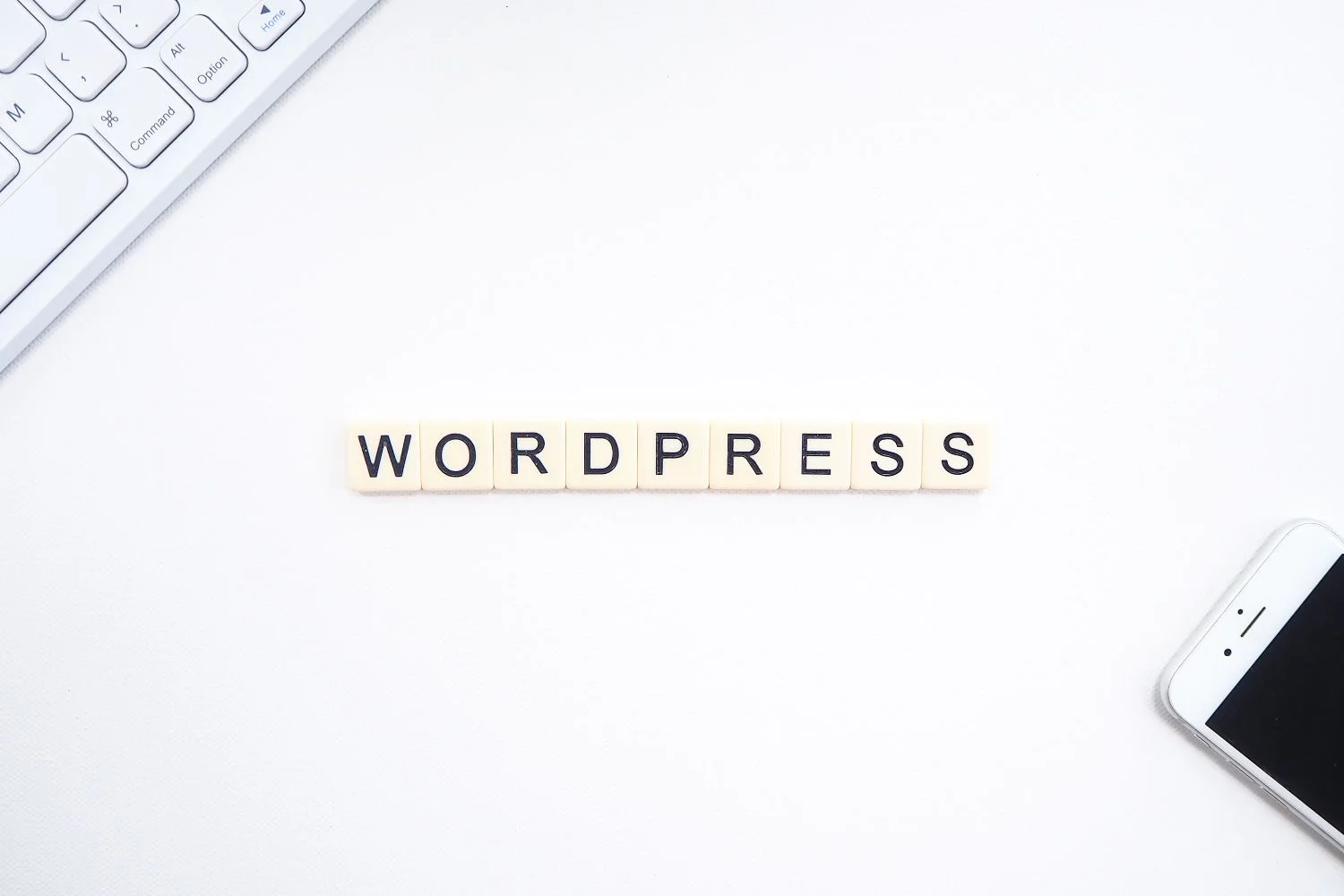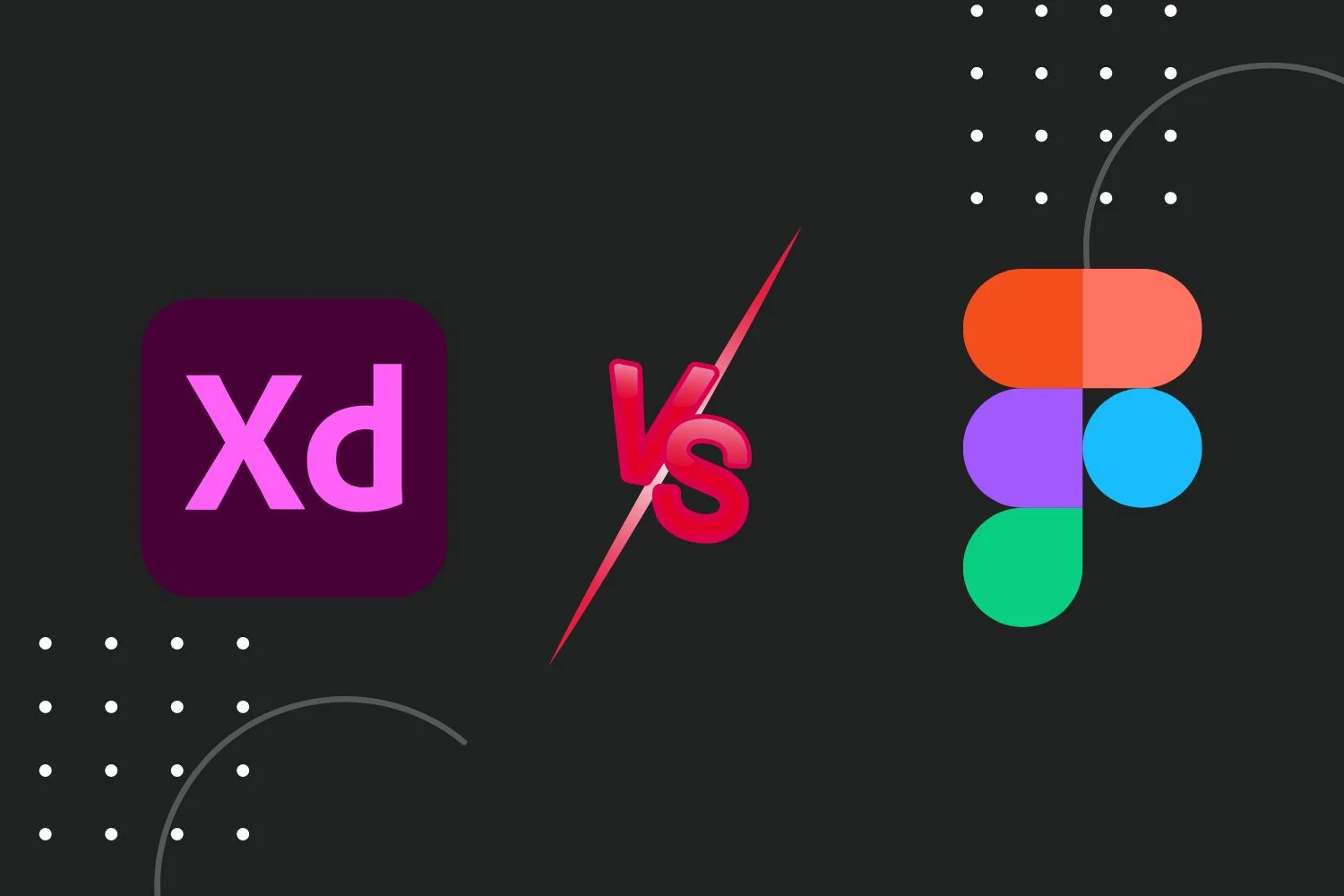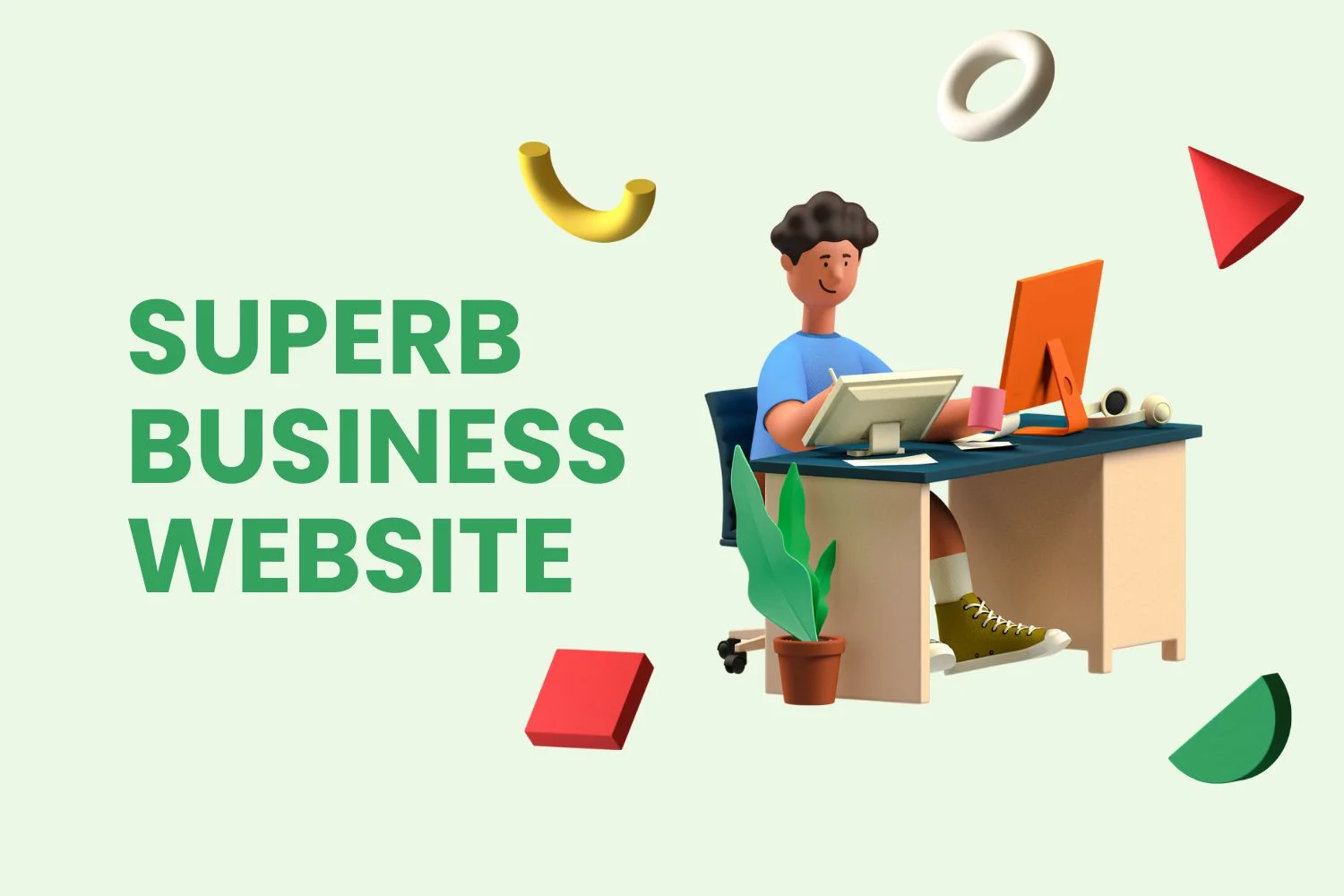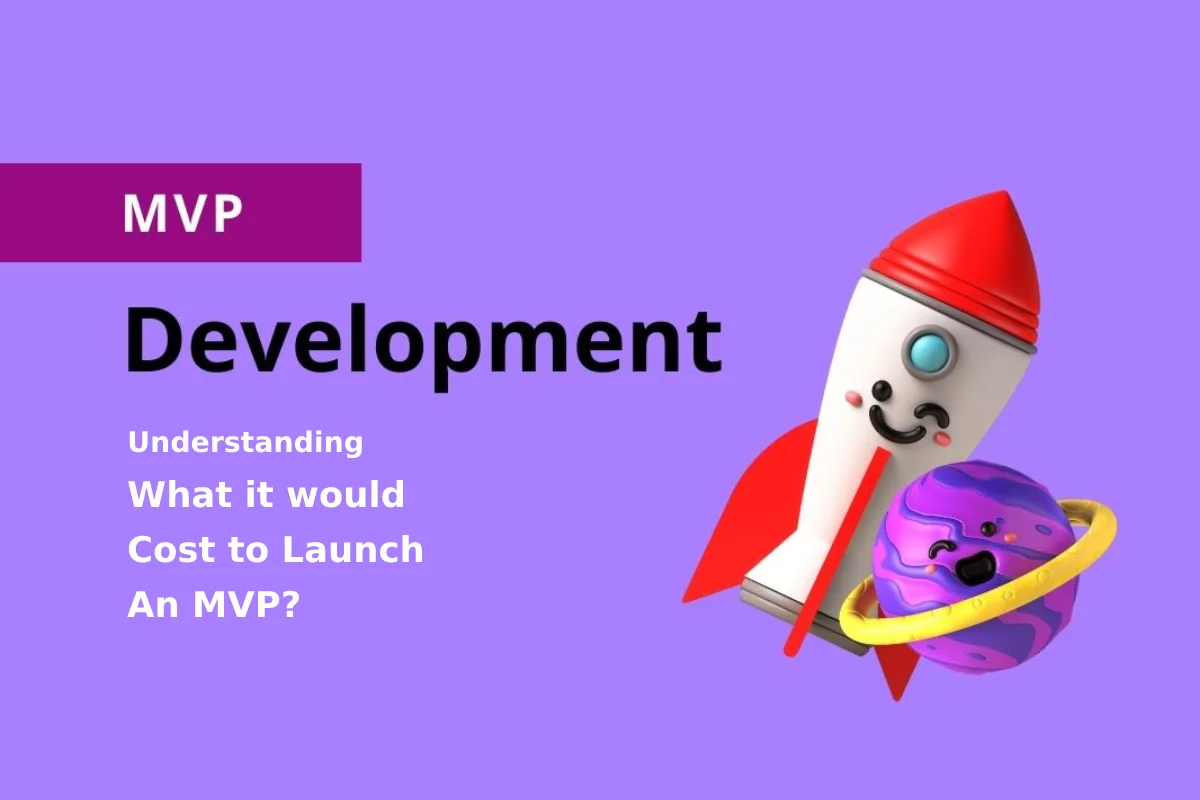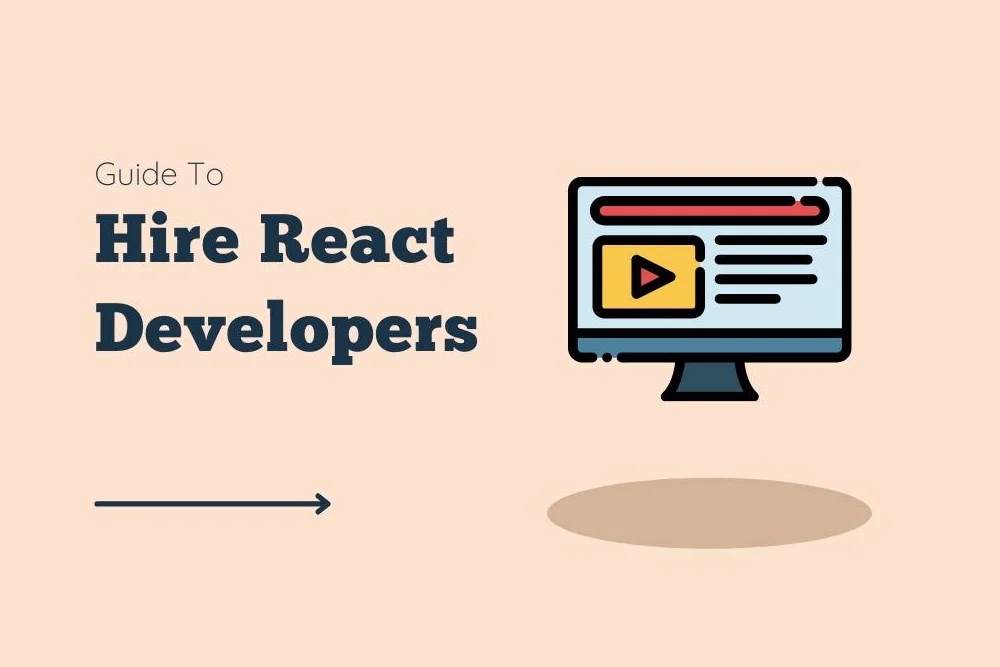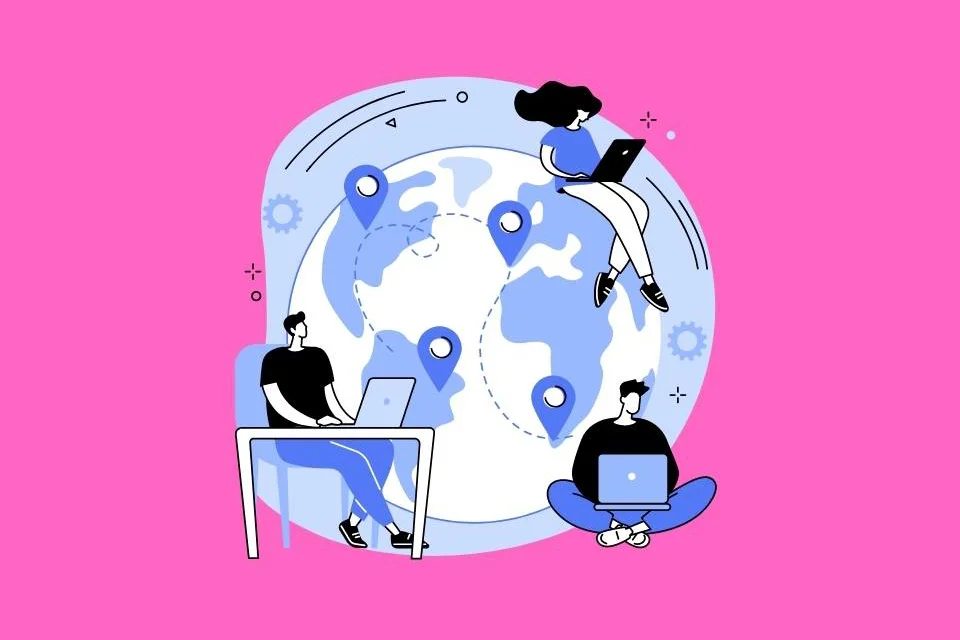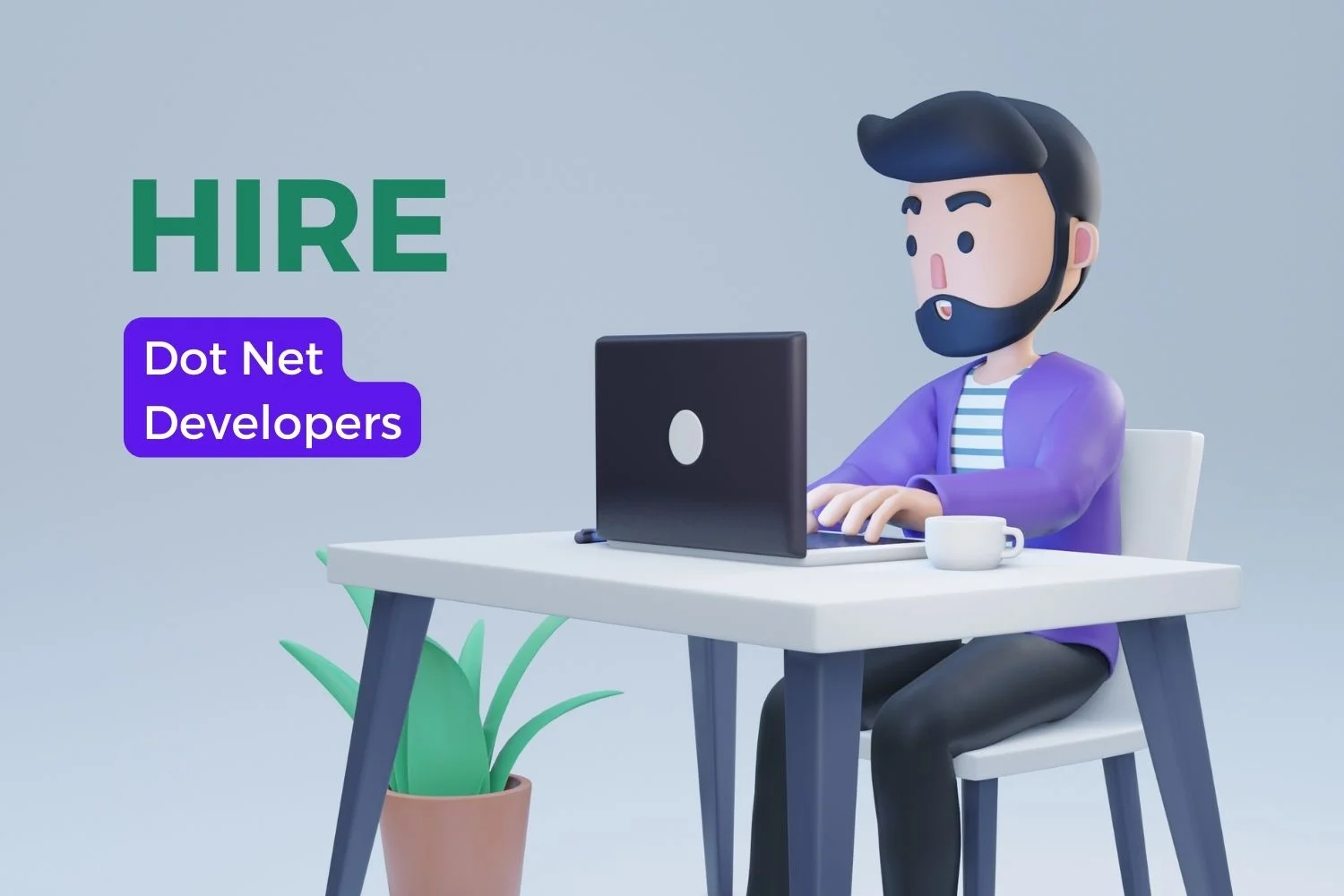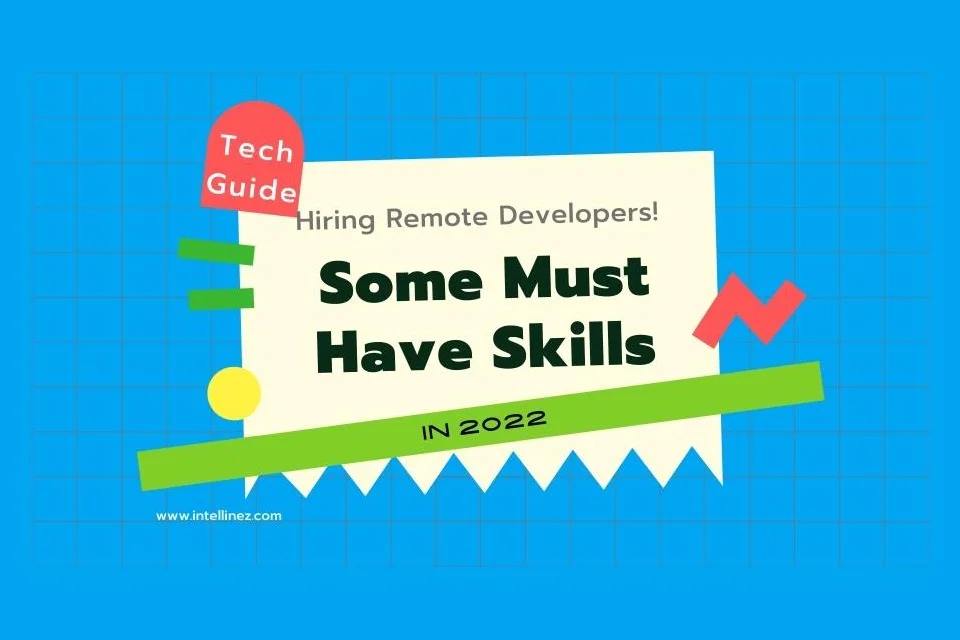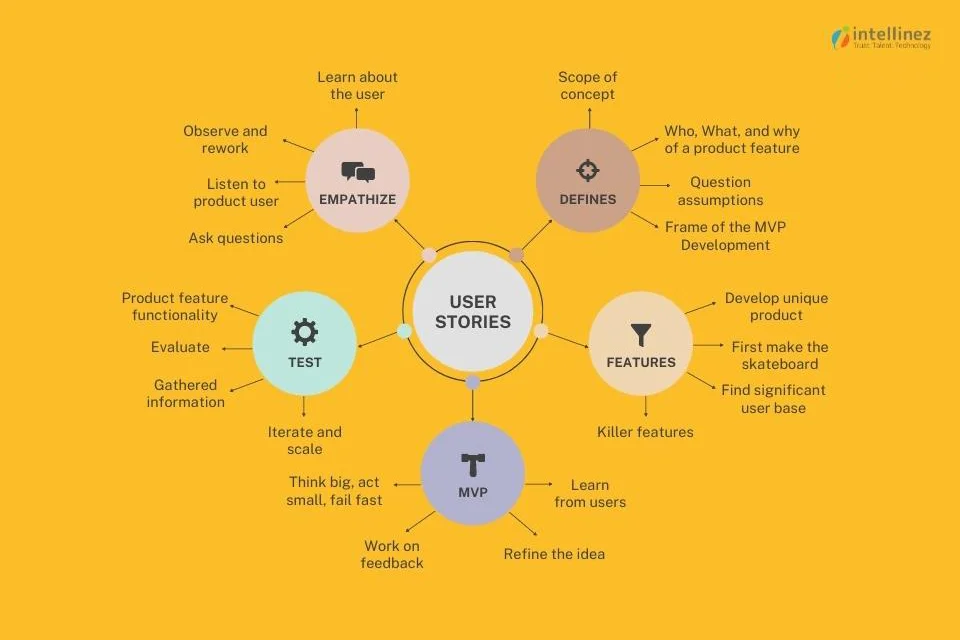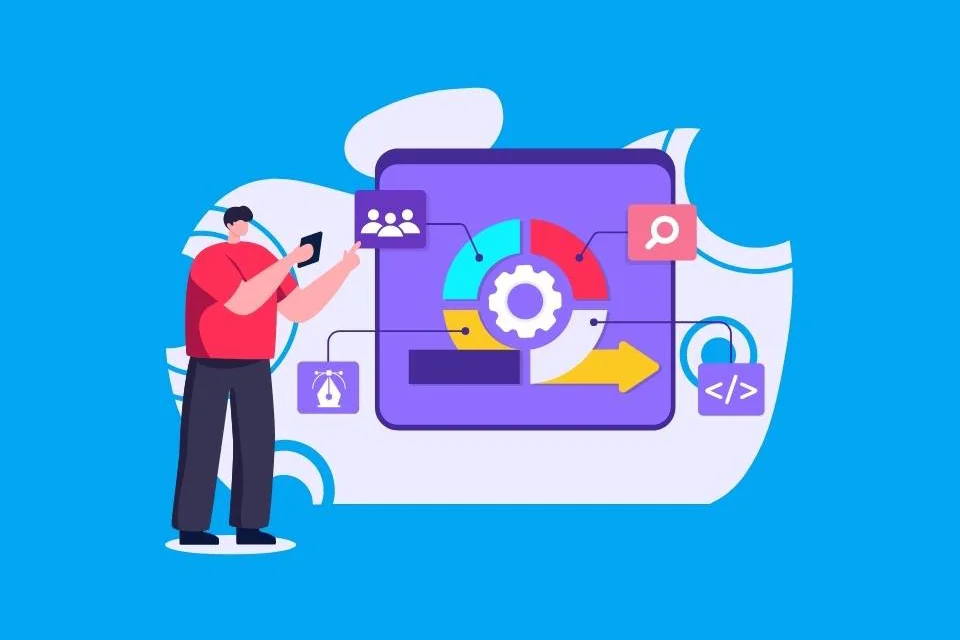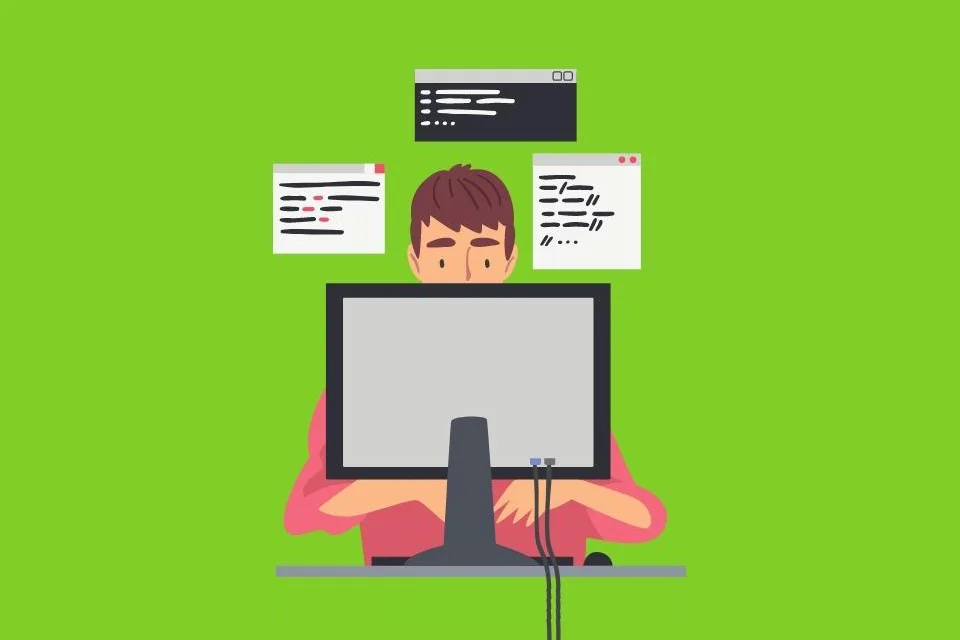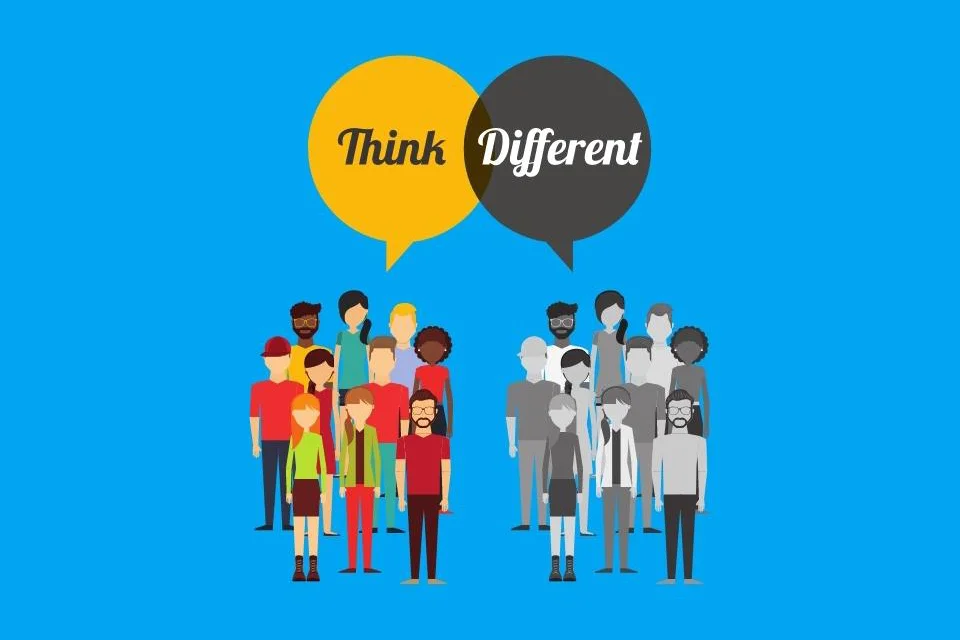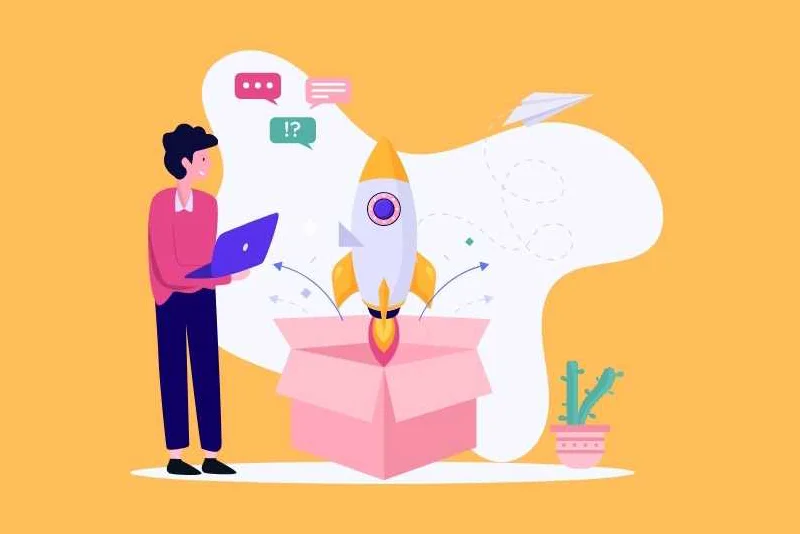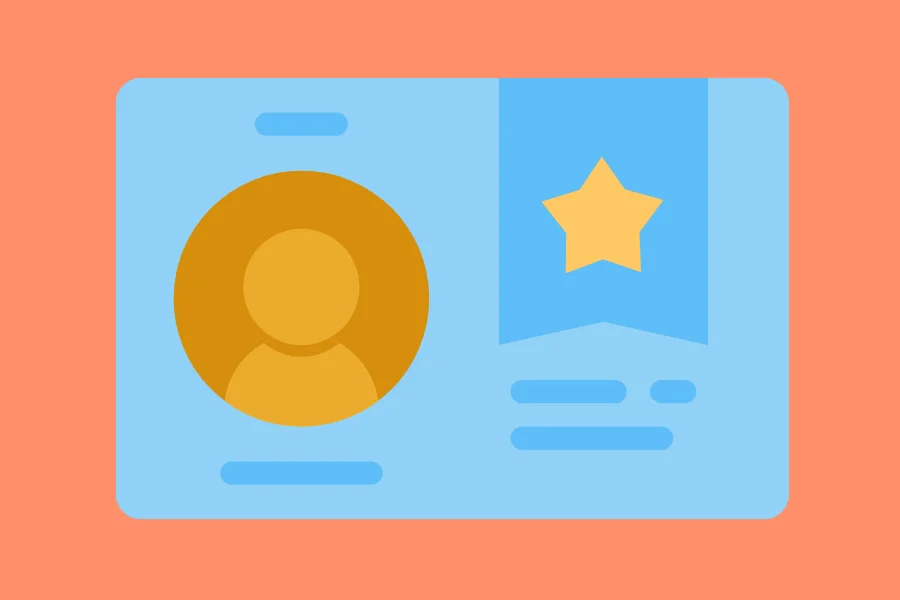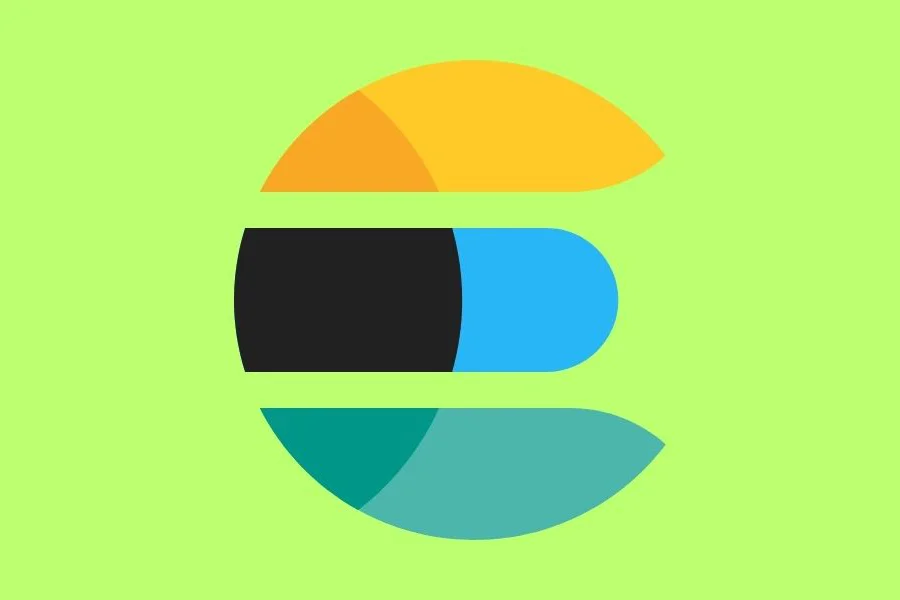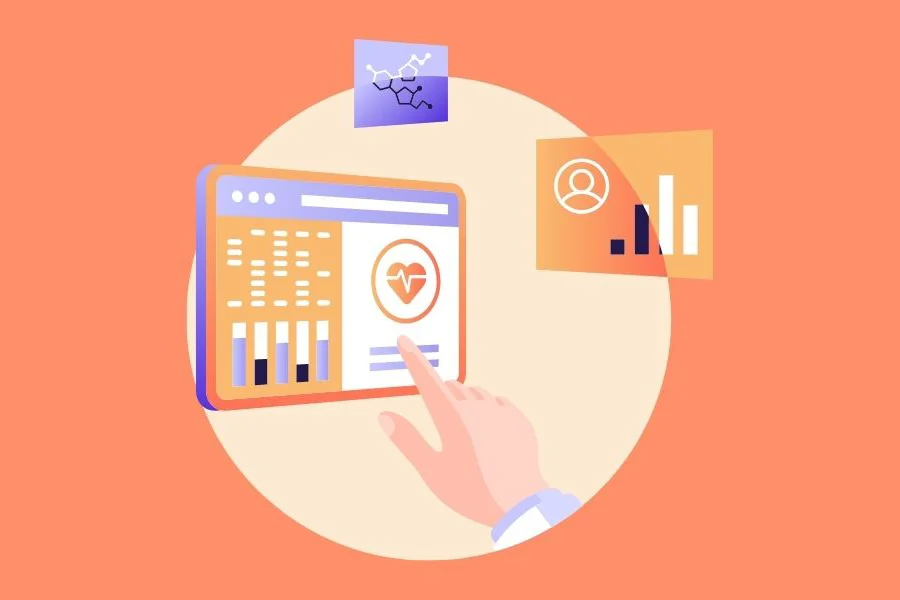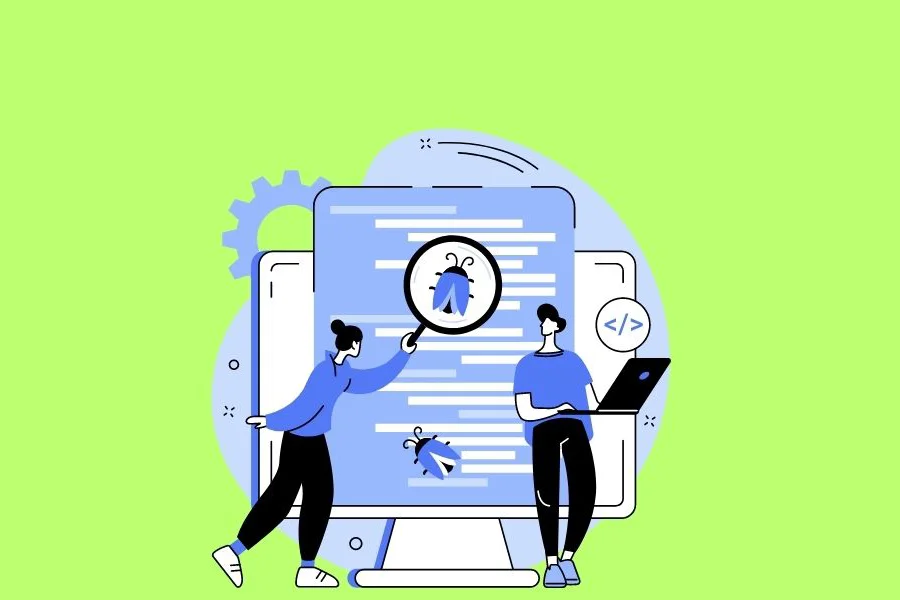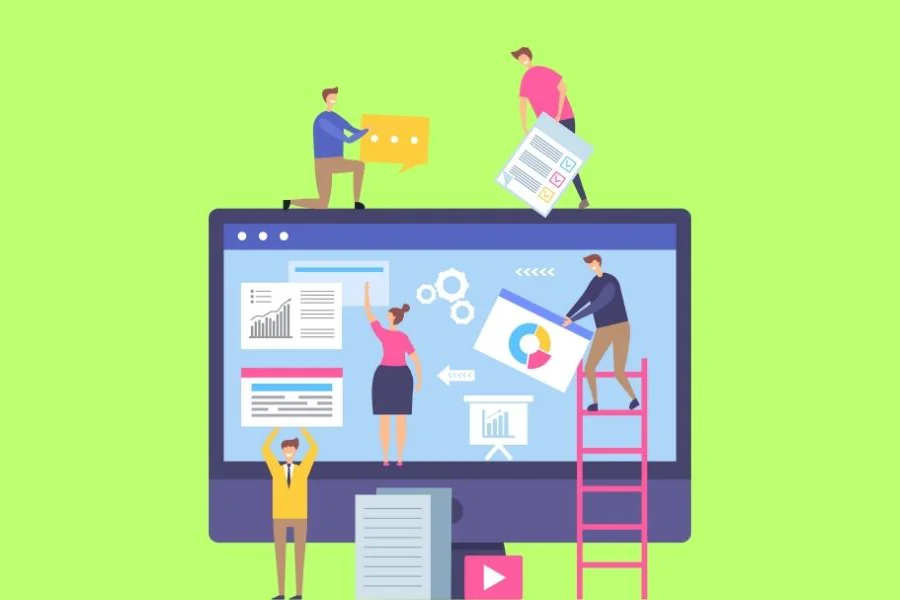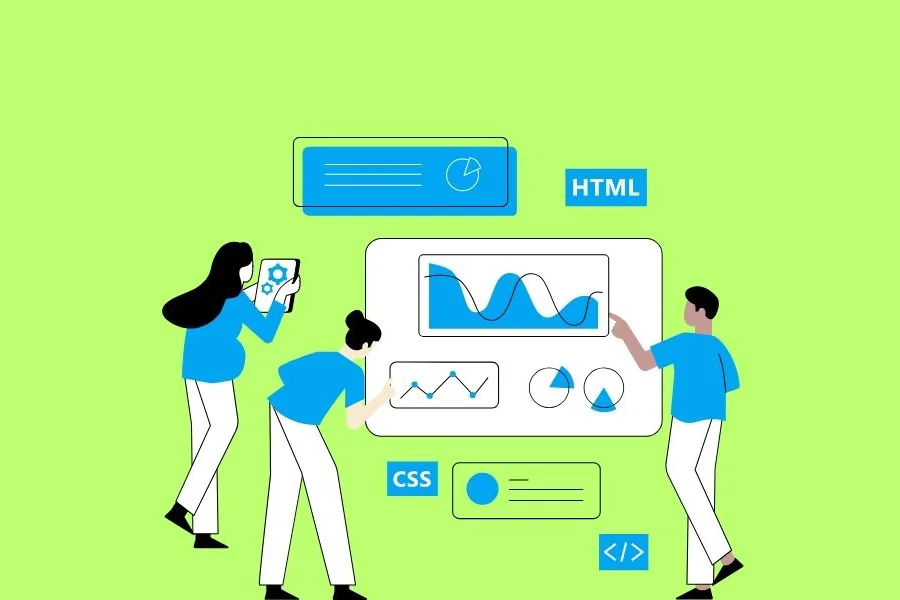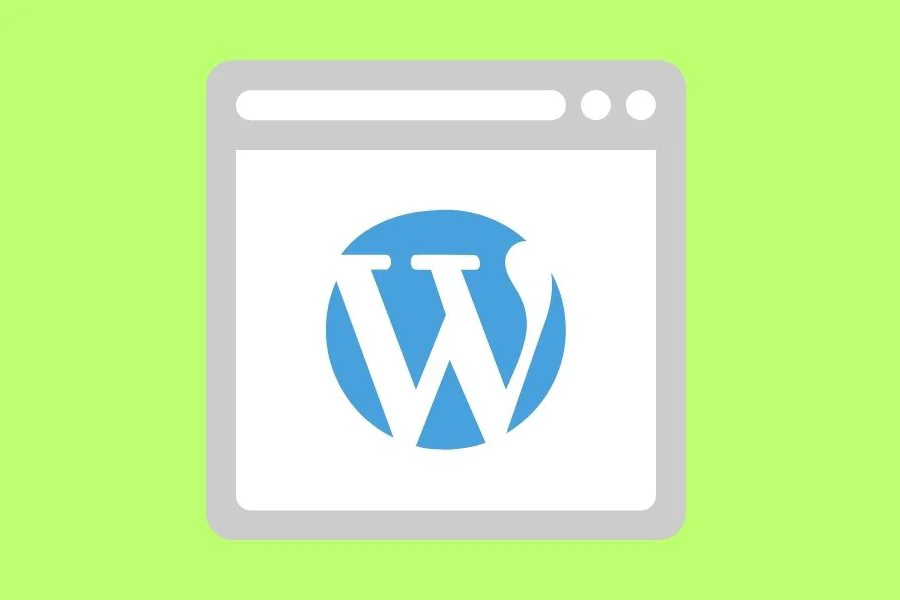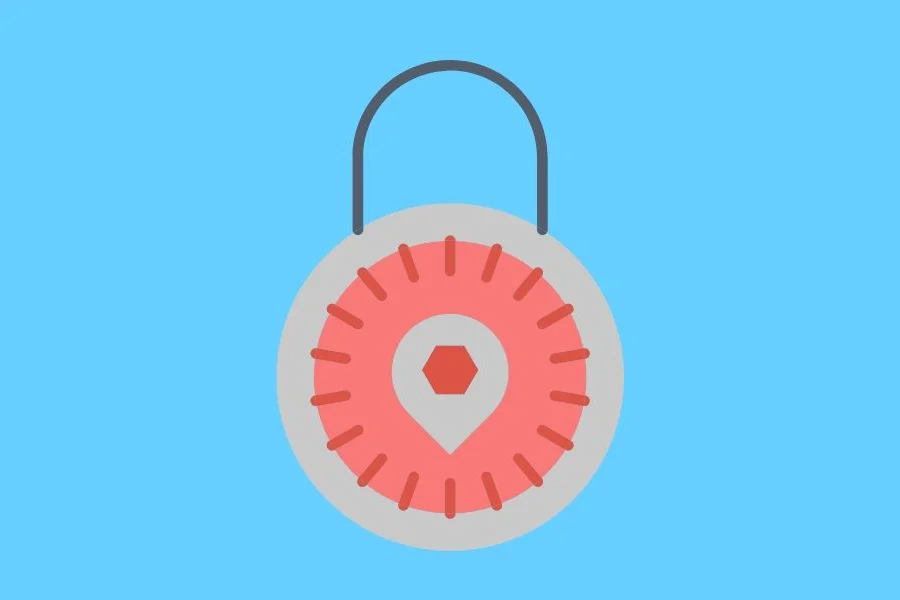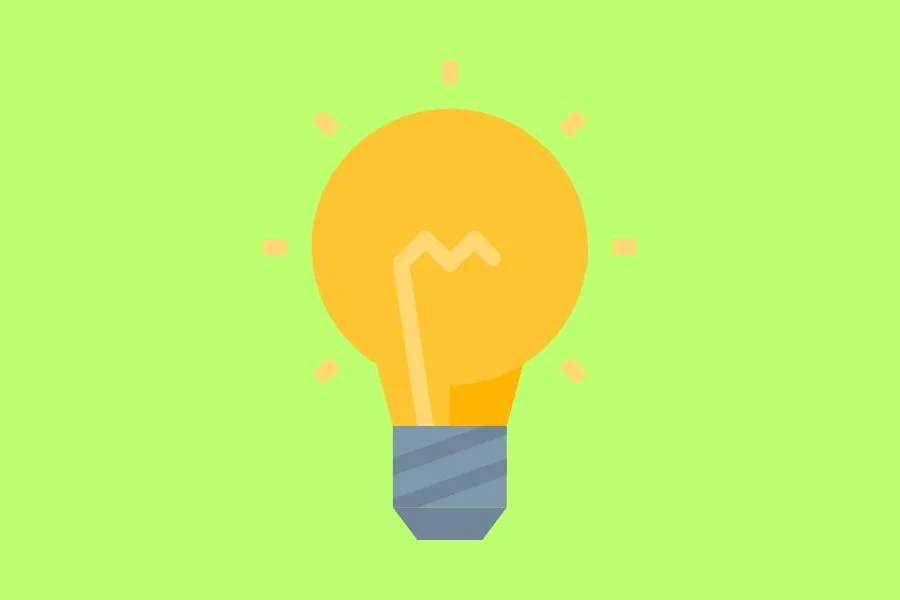Ultimate Guide to the SaaS Product Development Process
John Koenig first coined the term “SaaS” in the year 2005, and since then, the SaaS industry has seen one of the fastest booms in the world of IT. Recurring revenue business models like SaaS have proven to deliver greater financial predictability, better insights into the customer’s preferences and wants, and provide much greater flexibility to the user’s processes.
The SaaS Product Development Guide: Chapter 1
Understanding SaaS
What are SaaS Products? How are they different from Traditional Software Products?
Years ago, software solutions were designed, developed and deployed as a single monolithic application on local machines. This approach led to high development costs, and even longer deployment cycles, as all the features had to be crammed into a single application. On the other hand, SaaS Products are autonomous microservices modeled on a monolithic application’s standard business processes and functions and hosted on the cloud.
SaaS products are usually accessible through a web interface like a browser and are totally owned, supplied, and managed remotely by the service provider in exchange for a recurring payment.
The SaaS Product Development Guide: Chapter 2
The SAAS Business Model Explained

What is the SaaS Business Model?
The modern SaaS business model relies on the internet to distribute scalable microservices. SaaS solutions are often hosted on the cloud and aim to eliminate the need for an end-user license. The user doesn’t own the piece of software on a local machine. They simply log in from the browser and get full access to the solution.
The SaaS model is highly profitable as the software users basically rent it on a monthly basis instead of owning the solution. This makes them a huge source of recurring income. Moreover, if your solution becomes an integral part of an organization’s products and processes, you are very not likely to be replaced anytime soon, even if better services are available in the market.
Why is SaaS Preferred over traditional business models?
A SaaS business model is friendly to both the solution’s developers the businesses using it:
- Developers prefer working on SaaS products as the solution runs in a controlled environment on the company’s infrastructure. They can patch errors instantly and keep pushing new features and updates easily.
- Businesses prefer using SaaS products as they come with a recurring billing amount, which leads to a predictable cash flow. Moreover, it’s just easier and cheaper to rent a functionality than building it from the ground up.
What are the most common type of SaaS Solutions?
There are SaaS Solutions for almost every kind of use case, but these are the most common type of SaaS solutions:
Customer Resource Management (CRM):
A CRM SaaS allows businesses to store client and lead information, manage client journeys, monitor customer service and keep sales activities organized.
Enterprise Resource Planning (ERP):
A SaaS ERP Solution helps businesses integrate multiple resource monitoring systems into a centralized, fluid and secure solution to enable efficient process optimization.
SaaS-Powered Project Management:
SaaS-Powered Project Management solutions provide businesses with a comprehensive set of project management tools like bug tracking and ticketing, project scheduling, online collaboration tools and much more.
The SaaS Product Development Guide: Chapter 3
Advantages of the SaaS business model?
Advantages of The SaaS Business Model for Vendors:
SaaS is an extremely business-friendly model! It is self-sustaining and provides the business with a recurring source of income. Sales and Marketing Activities for a SaaS solution can be fully automated, and the product sells itself (given that it is a good product). Here are the key benefits a SaaS Business Model brings to the table for its vendors:
SaaS Sells Itself:
Most SaaS Businesses implement a try-before-you-buy or a freemium-to-premium model to promote user acquisition. Once a prospective customer gets into the ecosystem, the ease of use and the quick deployment makes it a no-brainer for the user to switch from the solution’s monolithic peer to itself.
Recurring Revenue:
The greatest benefit and a major driving force behind the rush towards the SaaS business model is the recurring stream of revenue it generates. Once your SaaS product is fully integrated into an organization’s processes, you are there to stay.
Improvements:
Hosting the solution on their own infrastructure helps businesses continuously update and upgrade their SaaS product. Fine-tuned SaaS products increase retention among the existing customers and attract new sales with word of mouth.
Pivoting to Newer Departments:
Vendors can increase sales from existing customers by designing services that cater to other departments within the same organizations. They can create a tightly integrated ecosystem of solutions for improved customer retention.
Easier and Inexpensive Support:
On-premise software support is expensive, time-consuming and tedious. Since the SaaS solution runs on the vendor’s own infrastructure under controlled conditions, it is really easy to fix bugs and address support tickets quickly.
Cost-Effective:
Running SaaS solutions in the cloud helps vendors spread the development and maintenance costs over time. The resources required for running the service can be quickly scaled cost-effectively depending on the usage load.
Advantages of The SaaS Business Model for Businesses
SaaS Solutions minimizes costs and increases the range of flexibility when it comes to product usage. These solutions help show immediate process improvements, are highly scalable and especially attractive to startups and small businesses. Other key benefits that a SaaS business model provides its consumers with are:
Increases Collaboration:
A SaaS Business Model brings out collaboration between project teams since any members can contribute to a centralized workspace or dashboard from anywhere in the world. Shared SaaS tools also help multiple team members concurrently access a centralized database of project assets and information, avoiding any synchronization issues that are inherent to on-premise monolithic software solutions.
Cost-Effective:
On-Premise Solutions are often cost-prohibitive. On the other hand, SaaS Solutions comes with a subscription plan and reasonable monthly charges. They also eliminate any licensing fees that come with traditional On-Premise Solutions. The cost of building an in-house solution isn’t often justified in context to the monthly subscription of a SaaS product with the same functionalities.
Flexibility & Scalability:
SaaS solutions offer businesses greater flexibility in terms of product usage, as the cost of using them is usually tied to usage metrics. Hence, businesses only end up paying for the solution bandwidth they consume. SaaS products also allow seamless scalability regarding the solution’s capabilities depending on the system’s burden.
The SaaS Product Development Guide: Chapter 4
Demystifying SaaS Pricing
What are the most successful SaaS pricing models?
SaaS pricing models usually take two metrics into consideration for the purposes of billing a client. These two factors are:
- The volume of the resources consumed
- The number of concurrent users
Listed below are some of the most common pricing models used by SaaS businesses:
Usage-Based Pricing
This pricing model is also known as the “Pay As You Go” model. The price of the product is calculated in relation to its usage. This SaaS pricing strategy is most widely used with infrastructure and platform-related software solutions. The customers are billed based on usage metrics like the number of API requests generated or sessions conducted e.t.c.
Tiered Pricing Strategy
Tiered pricing is the de-facto pricing model used by most SaaS companies. Multiple access tiers with different combinations of progressively better features are offered at progressively higher amounts. There are usually three to five tiers, and it goes up from the freemium or a free trial plan all the way up to an agency or ultimate plan.
Per Active User Pricing
SaaS companies primarily targeting enterprise customers usually use per active user pricing. The features remain the same, but the number of concurrent access nodes keeps increasing as you go up the plans. This helps companies avoid paying for unused resources and get billed for only a set number of concurrent users.
Per Feature Pricing
Although somewhat similar to the tiered pricing strategy, the per feature pricing model uses niche “feature” or functionalities as the value metric and charges customers on the number of features they avail. Each feature is both priced and billed separately, independent of a tier or plan.
Freemium Business Model
Freemium SaaS models are the best strategy for consumer-centric SaaS products. Individuals are less likely to pay first for the privilege of experiencing a product or service. A freemium business model gets the customer into the solution’s ecosystem and then starts charging them as their usage increases. The freemium model is usually coupled with a tiered pricing strategy with tiers progressing with the customer’s usage metrics.
The SaaS Product Development Guide: Chapter 5
Your Go-To Guide to SaaS Product Development
How to Build a SaaS Product?
Step 1. Analyzing the Market
Your first step towards building a SaaS product should be analyzing the market segment you want to break into. Before you start building something, you need to understand how the market works. You should ask yourself some important questions like:
- Who is the target customer for your SaaS product?
- Are there any competitors in the segment?
- If yes, Who are these competitors?
- Is your competition a SaaS Product or a Monolithic one?
- What’s your competitive edge over your competition?
Once you define the high-level market requirements, it will be easier for you to explore new business opportunities, analyze your competitors’ successes and failures and define appropriate strategies for your SaaS business idea.
Step 2. Developing a Business Plan
Develop a robust business plan for your SaaS Product. A business plan is a prerequisite for making a SaaS product successful, as it helps you create a mind map for your journey towards market dominance. These are the crucial points you should cover while developing your business plan:
- How can you distinguish your SaaS product from the existing competition? And how it can solve issues inherent to on-premise systems?
- What are the biggest pain points of your target audience? How does your product aim to solve them while still remaining affordable and accessible?
- Choose a marketing strategy for the promotion of your SaaS product. You can choose from a range of options like social media marketing, affiliate programs, online advertisements or inbound content marketing.
- Define the monetization strategy for your SaaS product. Finalize subscription plans, plan out customer support, and sort out upgrades, referrals and refunds.
- Estimate your startup expenses and identify the sources of funding for your SaaS enterprise. This funding can come from a bootstrapped business, an investor or your own savings.
- List out the goals you want to achieve in your journey! Create short-term and long-term milestones according to your vision for your SaaS enterprise.
Step 3. Choosing a Tech Stack
Your technology stack will contain all the programming languages, frameworks, and tools to be used in the development of your SaaS Product. Your solution stack will be dependent on a number of variables, right from the cost of building and running it to the scope of scalability and maintenance.
Frontend
Your front end will be responsible for everything your customers will see on the screens. At Intellinez, we prefer using modern JavaScript frameworks like React, Angular, and Vue.js as they meet the requirements of a SaaS business model most efficiently.
Backend
Your back-end will be responsible for communicating with the server-side of your SaaS application. It handles all the core functionality of your SaaS product and must be reliable. At Intellinez, we use advanced back-end frameworks like Ruby on Rails, Node.js, or Django.
Database
Your Databases will contain all the necessary information for your SaaS applications. There are multiple options to choose from, like PostgreSQL, MySQL, or NoSQL. At Intellinez, we use PostgreSQL since it’s the most advanced open-source database out of all the options.
SaaS hosting provider
A reliable cloud provider is a must for your SaaS Product, even if you are just starting up. Most of the big cloud hosting players in the market are highly advanced, reliable, and flexible. You can choose between Amazon (AWS), Google, Microsoft, or Heroku after considering all the features inherent to each cloud platform.
Step 4. Creating A Team
Before building a product, you need to build a team first. The fate of your SaaS product entirely depends on how proficient and efficient your team is. There are three options when it comes to choosing your dream team:
In-house-team
An in-house team gives you full control over the development process of your SaaS product. It is a relatively expensive option and only suitable for companies that have already gained some success and have a permanent workload. Usually, businesses that already have a bootstrapped venture and want to get into SaaS use this option.
Freelancers
The cheapest option for resources available to SaaS companies is freelance workers. You can hire experts with considerable experience in specific domains. But, you will need to micro-manage multiple individuals and keep checking on them constantly.
Custom Software Development Company Specializing in SaaS Products – Intellinez
A custom SaaS software development company is a convenient middle ground between both the options mentioned above. At Intellinez, we specialize in this domain and will serve as your remote team by providing high-quality services, automated management and efficient resource utilization.
Step 5. Building an MVP
Before launching your SaaS product, you need to validate its value proposition. A minimum viable product with enough features to attract early adopters and validate the feasibility of your upcoming SaaS solution. Once you enter the market and start churning both interest and profit, your SaaS solution can be scaled and amended to meet rising customer expectations. An MVP helps you:
- Collect and analyze feedback about the usability and user experience of your SaaS product.
- Check whether your application will scale properly amidst an unusual rise in traffic.
- Measure the effectiveness of business hypotheses and see even if your product is financially feasible.
Step 6. Launch your Final Product
The list doesn’t end here; it starts. Here’s a four-fold checklist for launching your SaaS Product with a bang:
Test your Best
You need to keep running your product through every test imaginable. A solid product is important for impressing your target audience. It is important to release a solid first version of your product, especially if you are targeting enterprise customers. You can run your product through focus groups for an outsider’s perspective.
Soft Launch
Don’t go around spending your marketing budget on your launch. A small but successful launch is better than a blockbuster flop. Keep collecting insights and improving your product. If your base is strong, your feature drop parties will be bigger than your launch day lunch.
Don’t Charge Initially.
Adding a payment gateway can take months and will cost you integration time leading to a delay in your launch date. If you NEED to charge, at least go for a freemium pricing model or a minimum flat rate for maximum customer acquisition during the initial phases.
B2B SaaS Marketing
SaaS Products usually cater to businesses, so you need to set up a marketing strategy that revolves around the same. At Intellinez, we specialize in B2B SaaS marketing, and according to us, the best way to spread your SaaS product to the masses is through LinkedIn and email marketing. You can target and retarget decision-makers on LinkedIn with Insightful and informational content, and once they are at the end of your conversion funnel, you can acquire them with email marketing.
The SaaS Product Development Guide: Chapter 6
How to Choose the Best Cloud Solution For Your SaaS Product?
Step 1 – Understand your Business needs.
You need to do your due diligence in respect to your business’s day-to-day processes and identify the operations you’d like to move to the cloud. The market is filled with cloud companies, offering a range of advanced features like automated server backups, VPNs, DDoS Protection, Content Management and much more. You need to define your use case, so you only end up paying for what you use.
Step 2 – Look into the provider’s reputation.
SaaS Businesses scale quickly, so you should make sure your hosting provider is a company with a solid brand and reputation. Ensure that your provider has a track record of working with other SaaS companies and take care of your compliance, capacity planning and integration requirements.
Step 3 – Ensure Scalability and Performance
Performance and scalability are two very important factors you will need to look into. Ideally, your web hosting company should have multiple data centers spread across the world, so every user is in the vicinity of one and enjoys low latency experiences. Your provider should have redundant capacity available at all times to help you scale vertically with minimal costs quickly.
Step 4 – Define an SLA
A clearly outlined SLA (service-legal-agreement) will serve as proof in the case an interruption or downtime occurs and will highlight the steps your vendor will take to ensure the disruption is resolved as soon as possible. Usually, vendors provide uptime guarantees with varying ratios according to different plans.
Step 5 – Ensure Adequate Security and Compliance Measures
You need to ensure that your provider is well equipped with fool-proof security solutions to provide protection against hacking and data breaches. They should be compliant with all the industry-standard certifications, especially HIPAA and PCI.
The Intellinez Advantage
Product development is already a momentous undertaking in itself. Adding SaaS to the mix and the number of complexities it comes with makes it near impossible for software vendors to break down their monolithic applications and move them to a microservice-based cloud architecture. You need a specialist like Intellinez to build new SaaS products or modify existing ones to face rising challenges. Contact us today to get a free consultation & instant quotations!
SaaS Development Services
With Our expertise in SaaS Product Development, we can create Custom SaaS solutions and break down existing on-premise systems into microservice-based SaaS solutions. We also specialize in Software Development, UI/UX services, QA Testing, System Integration and API Development.
